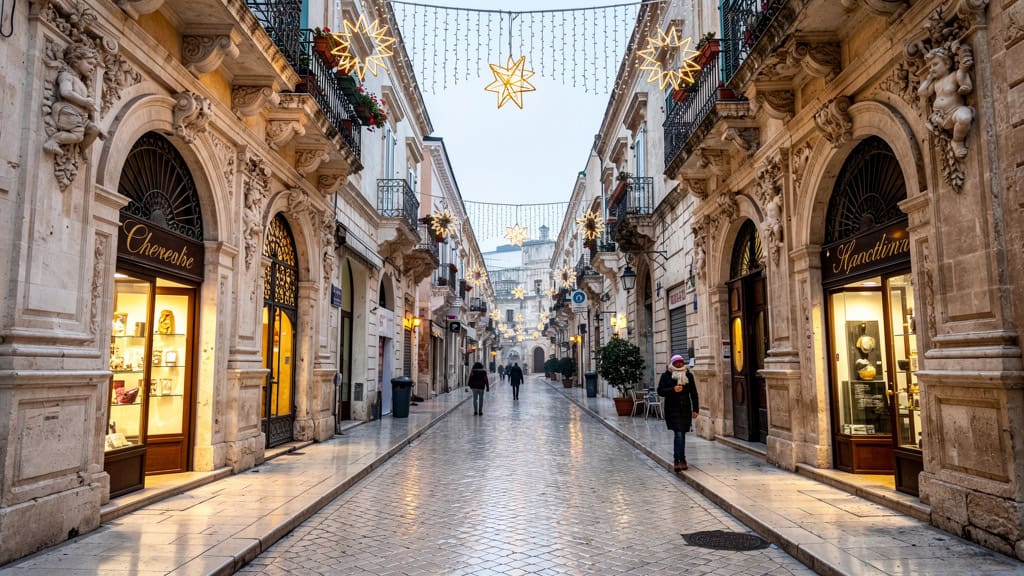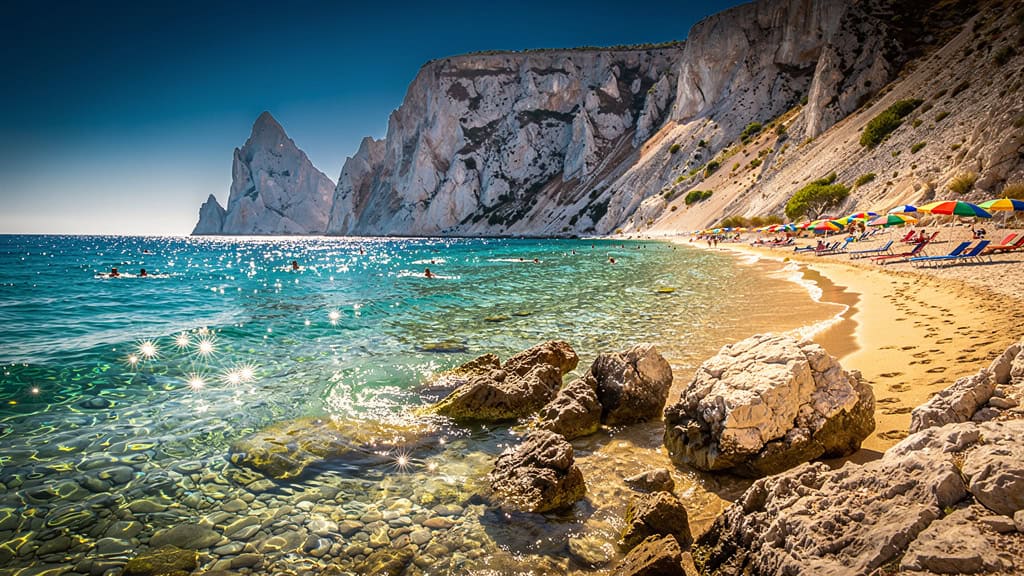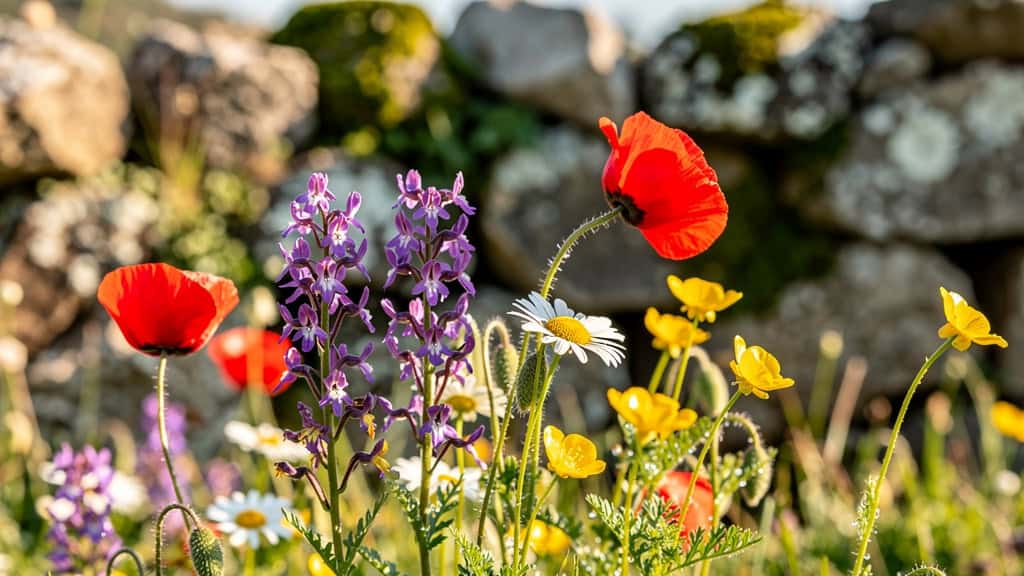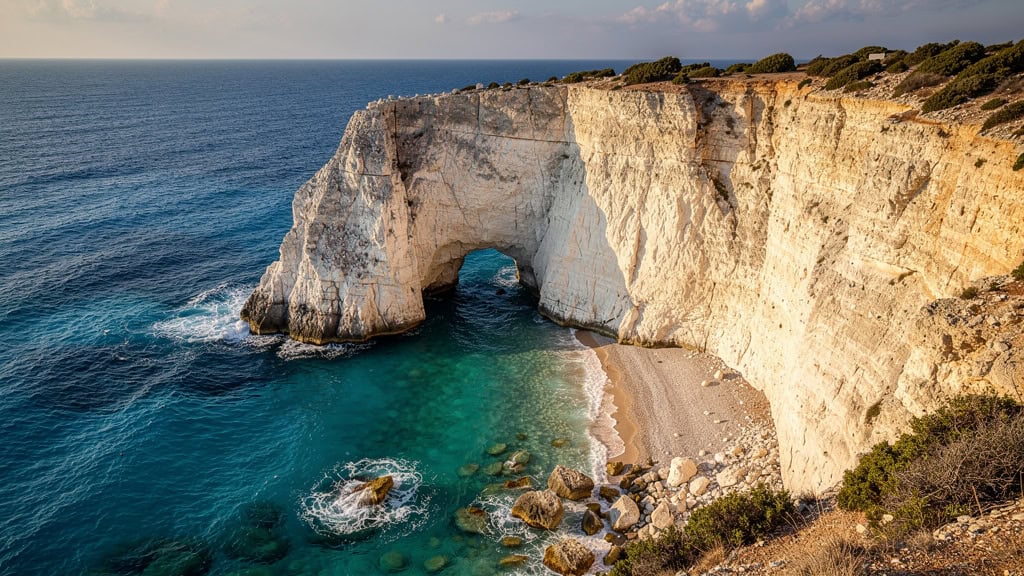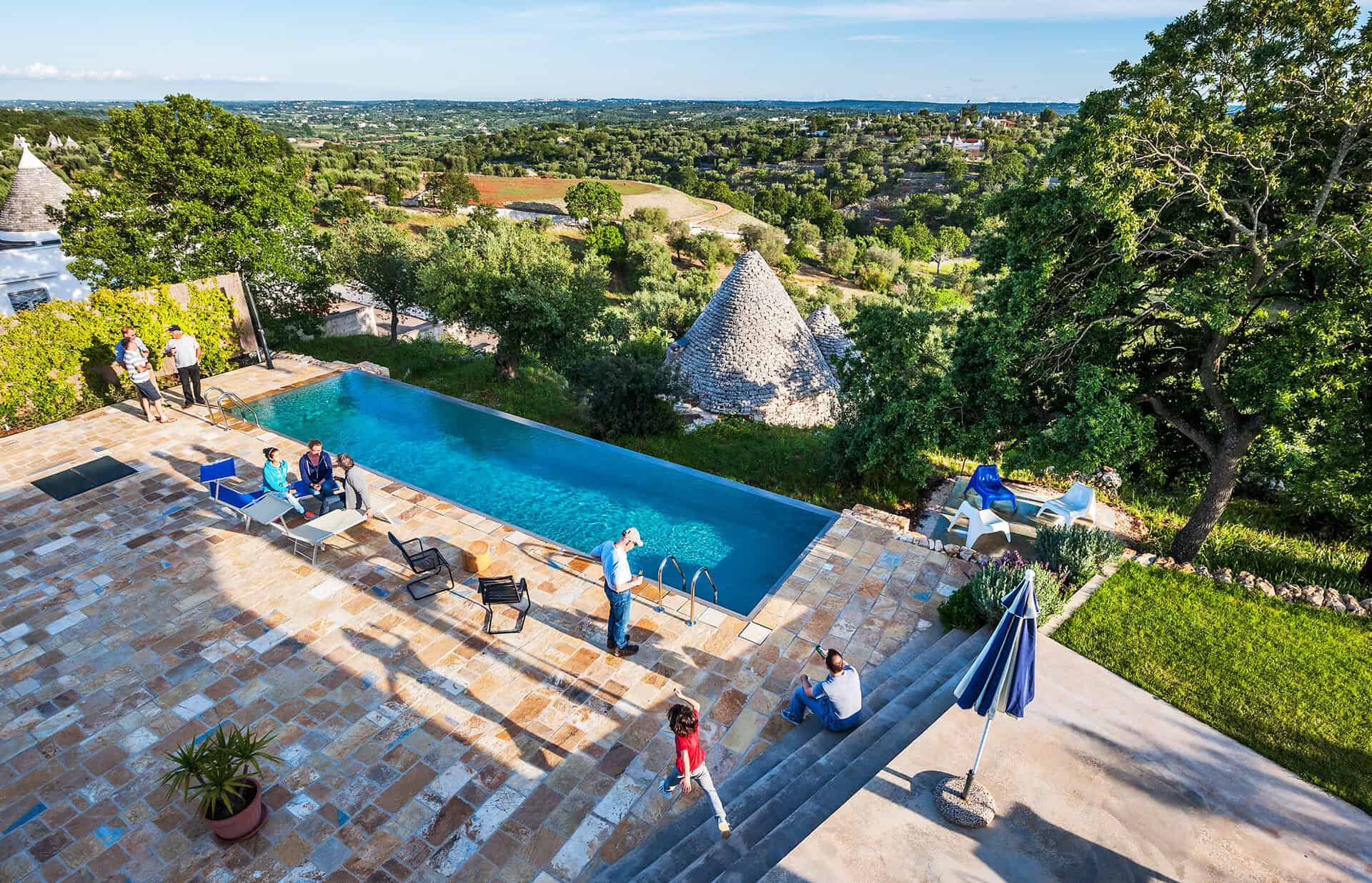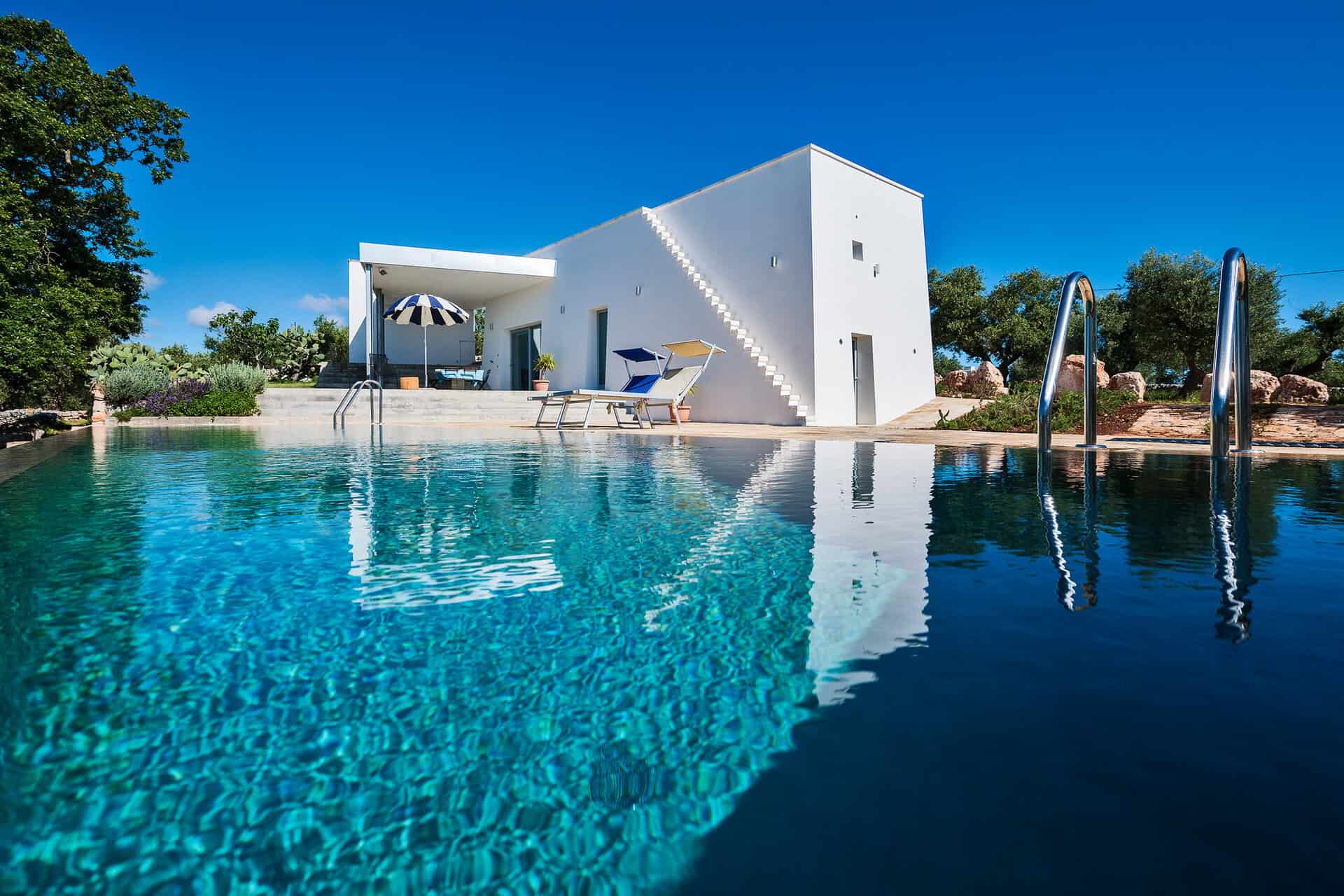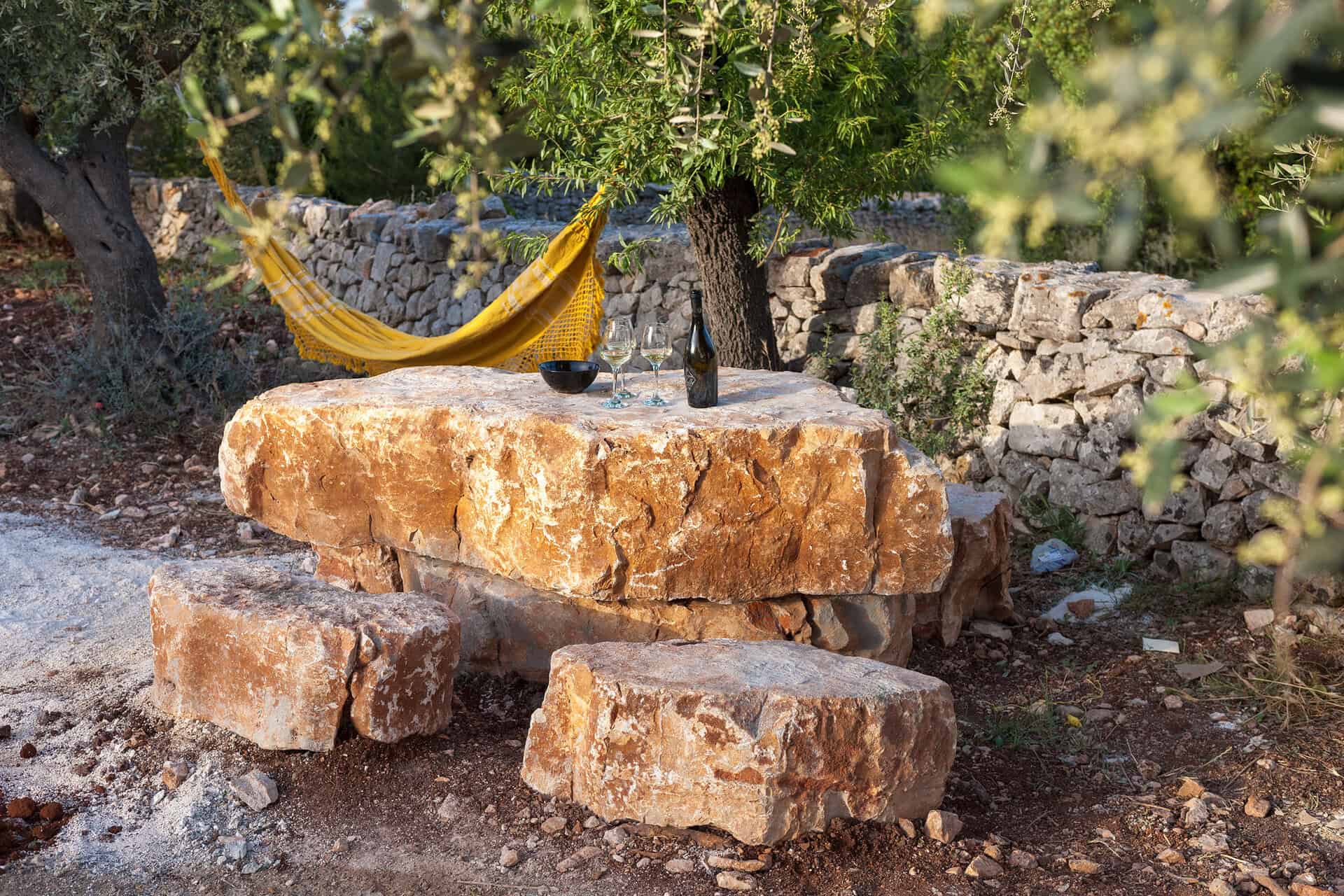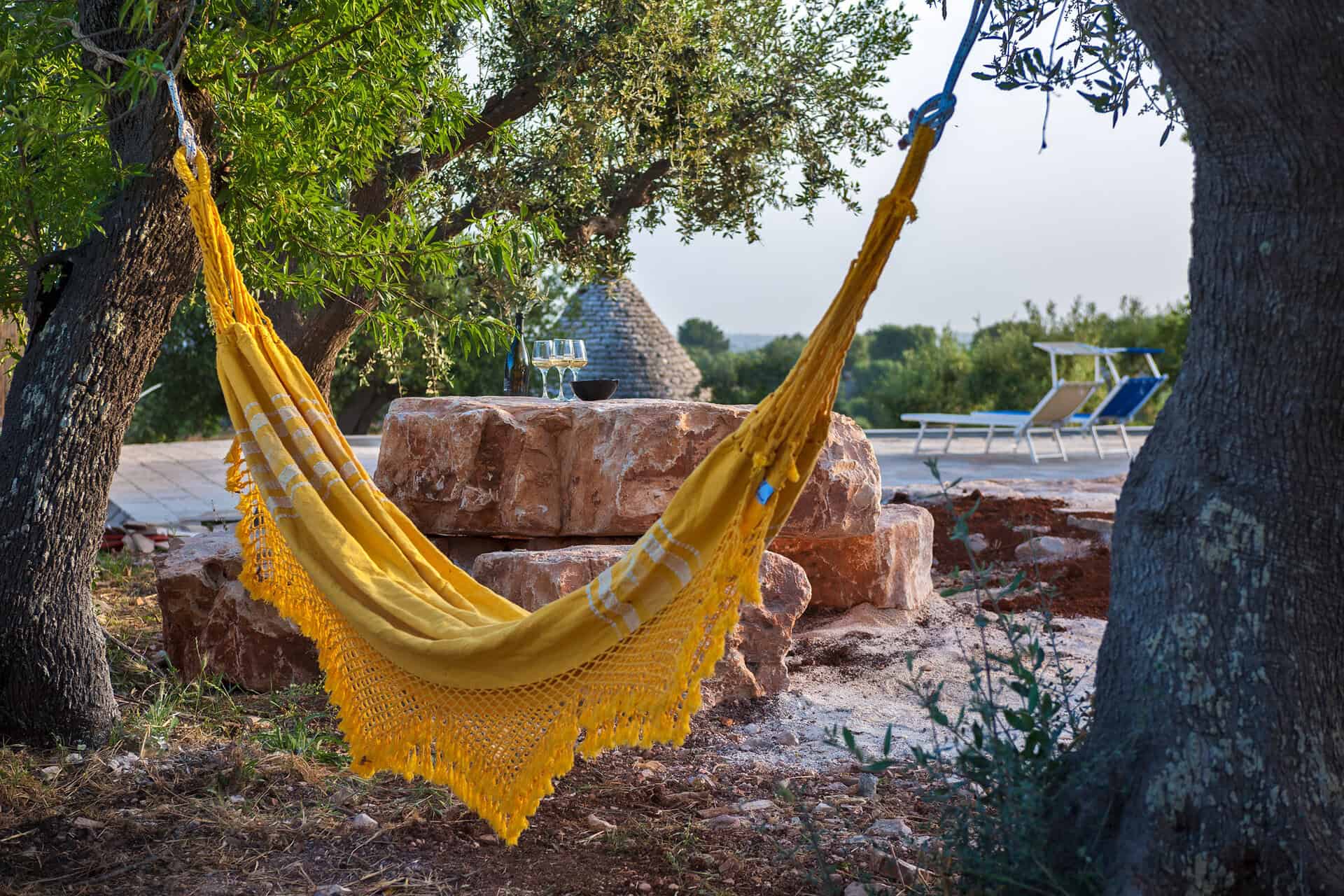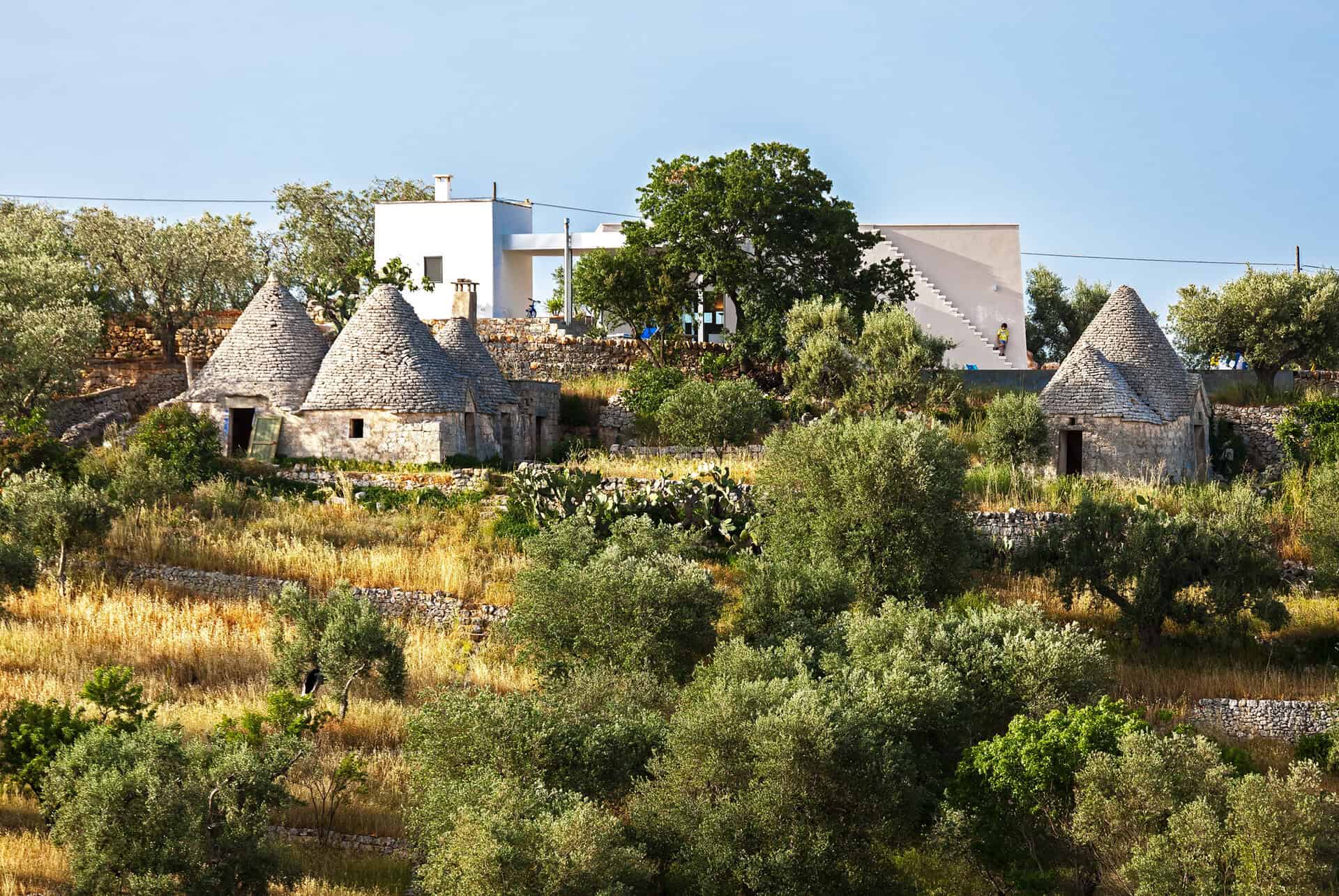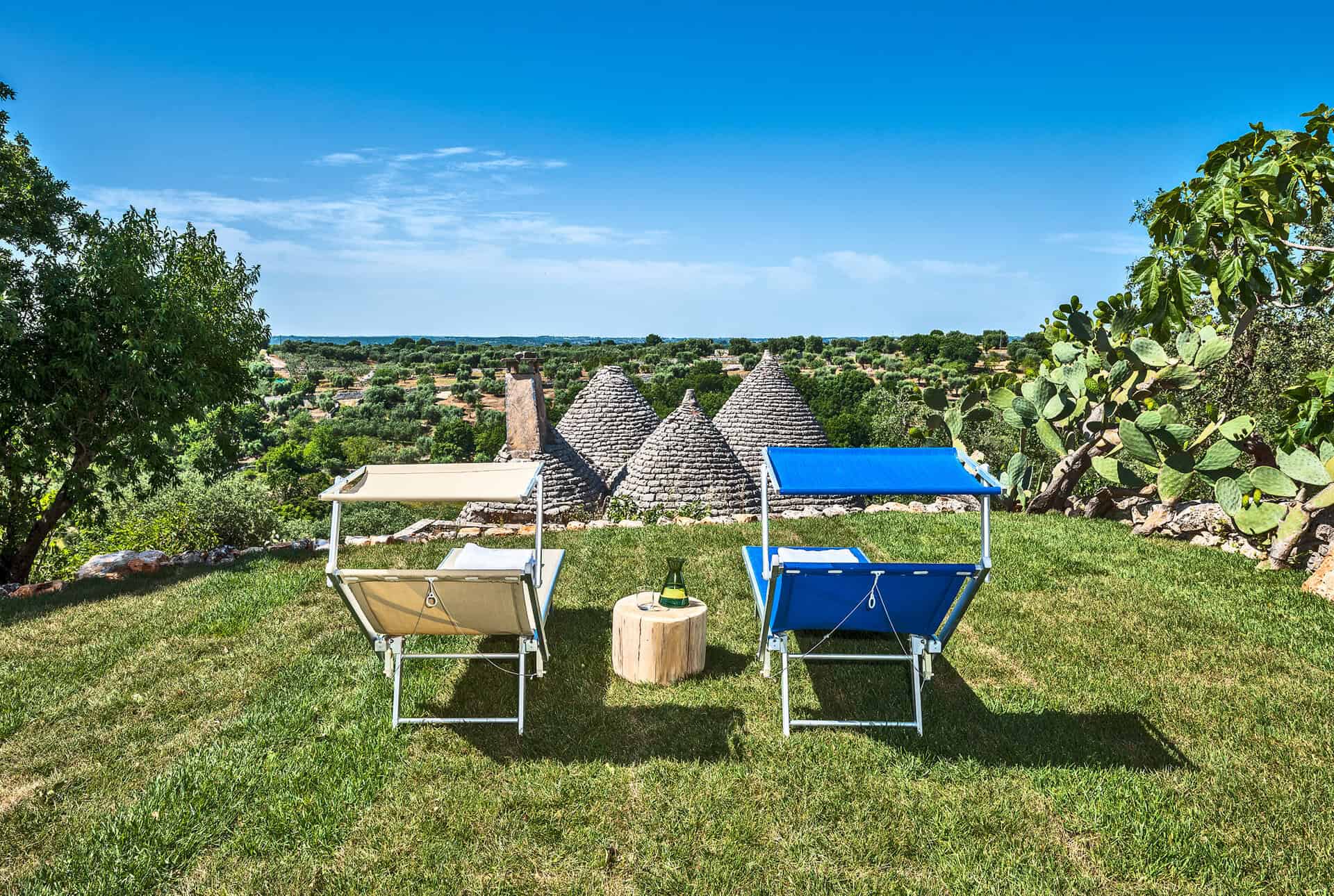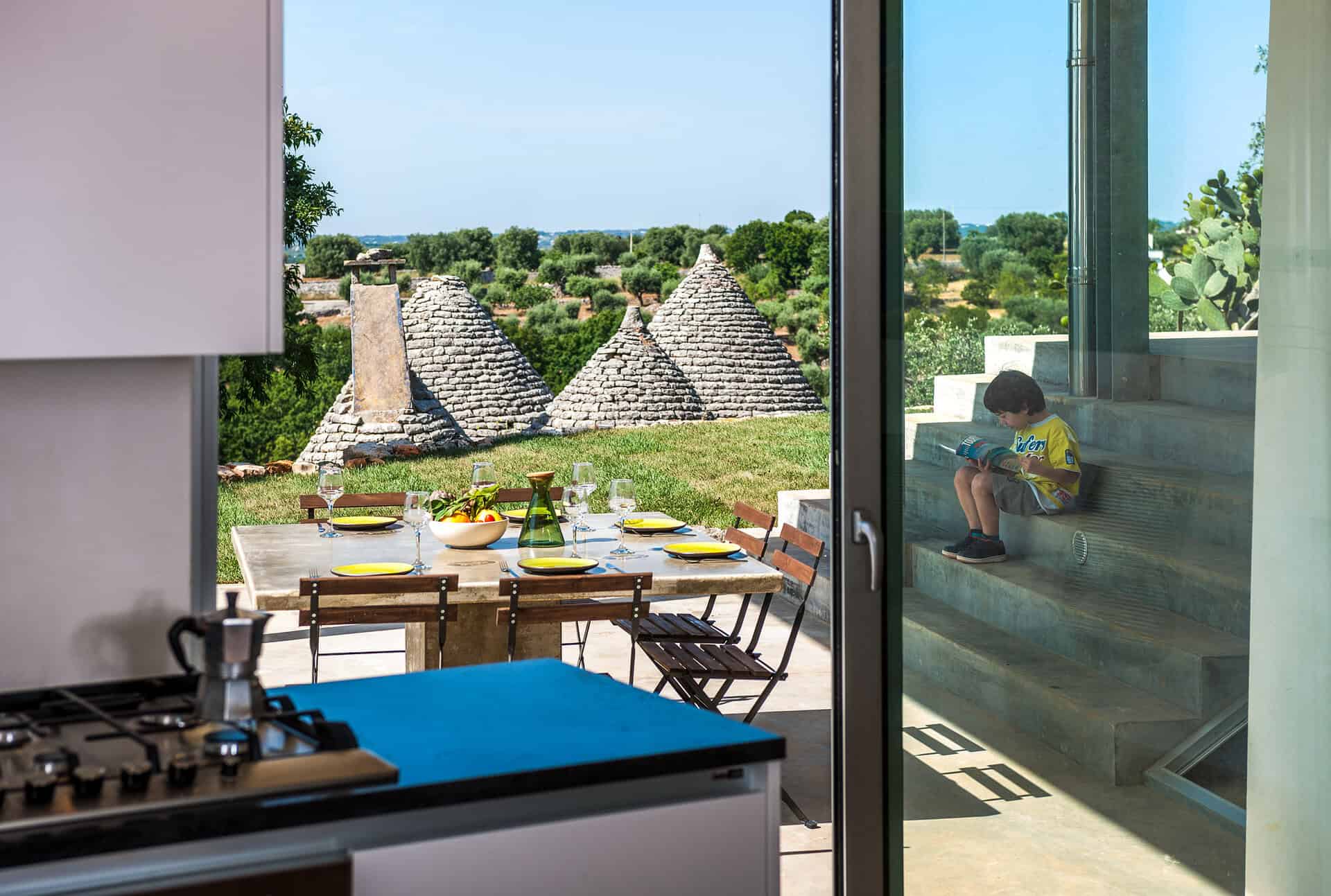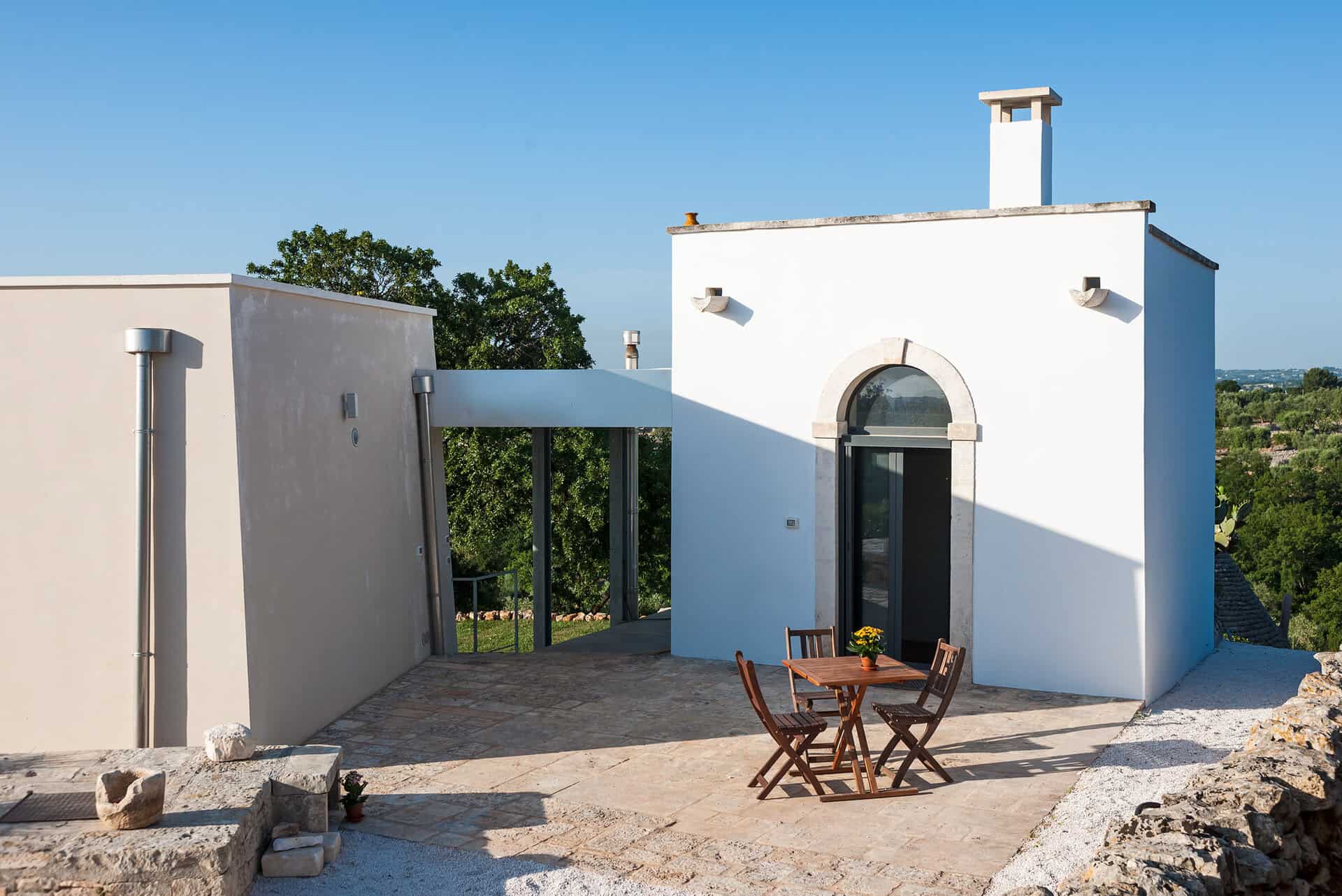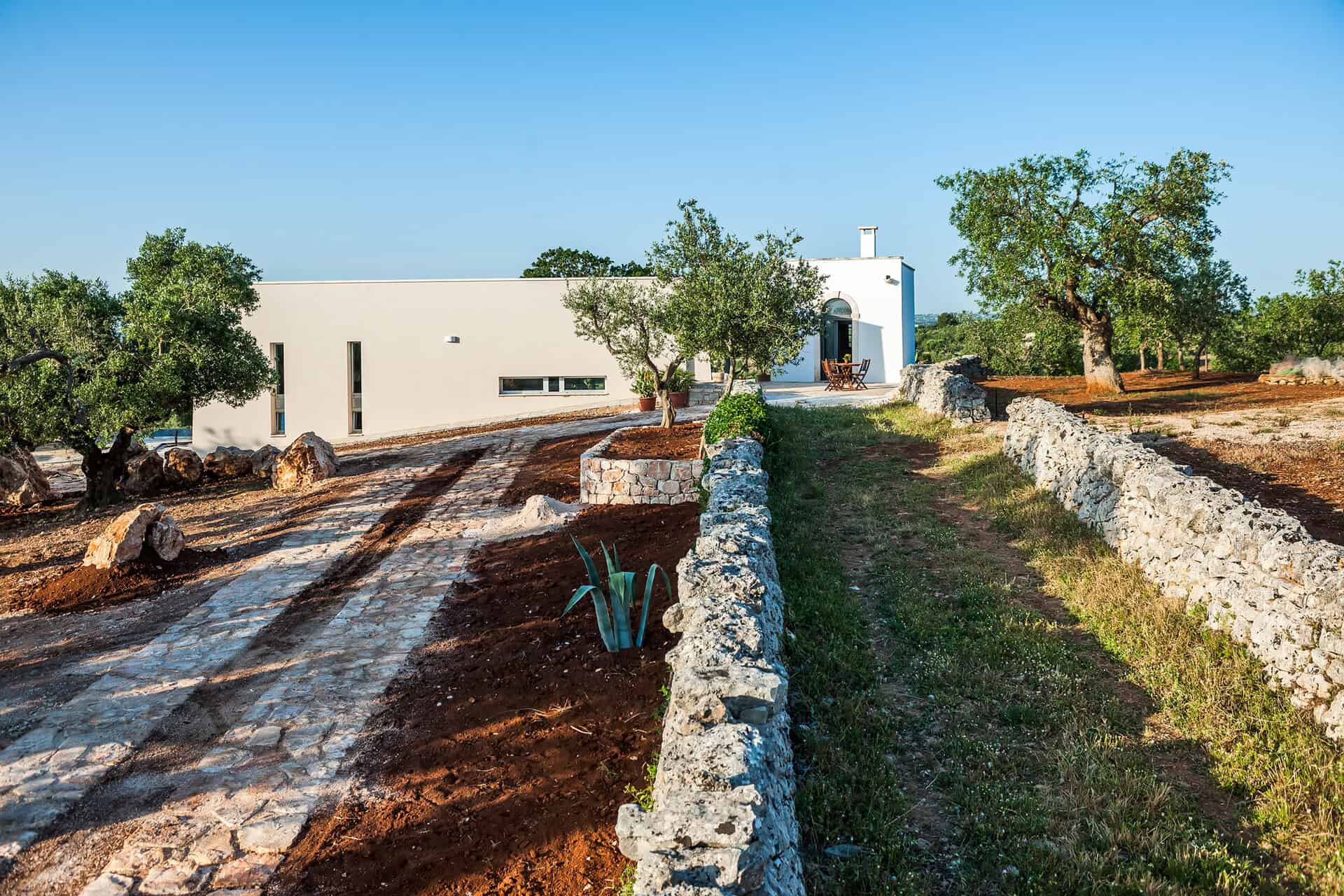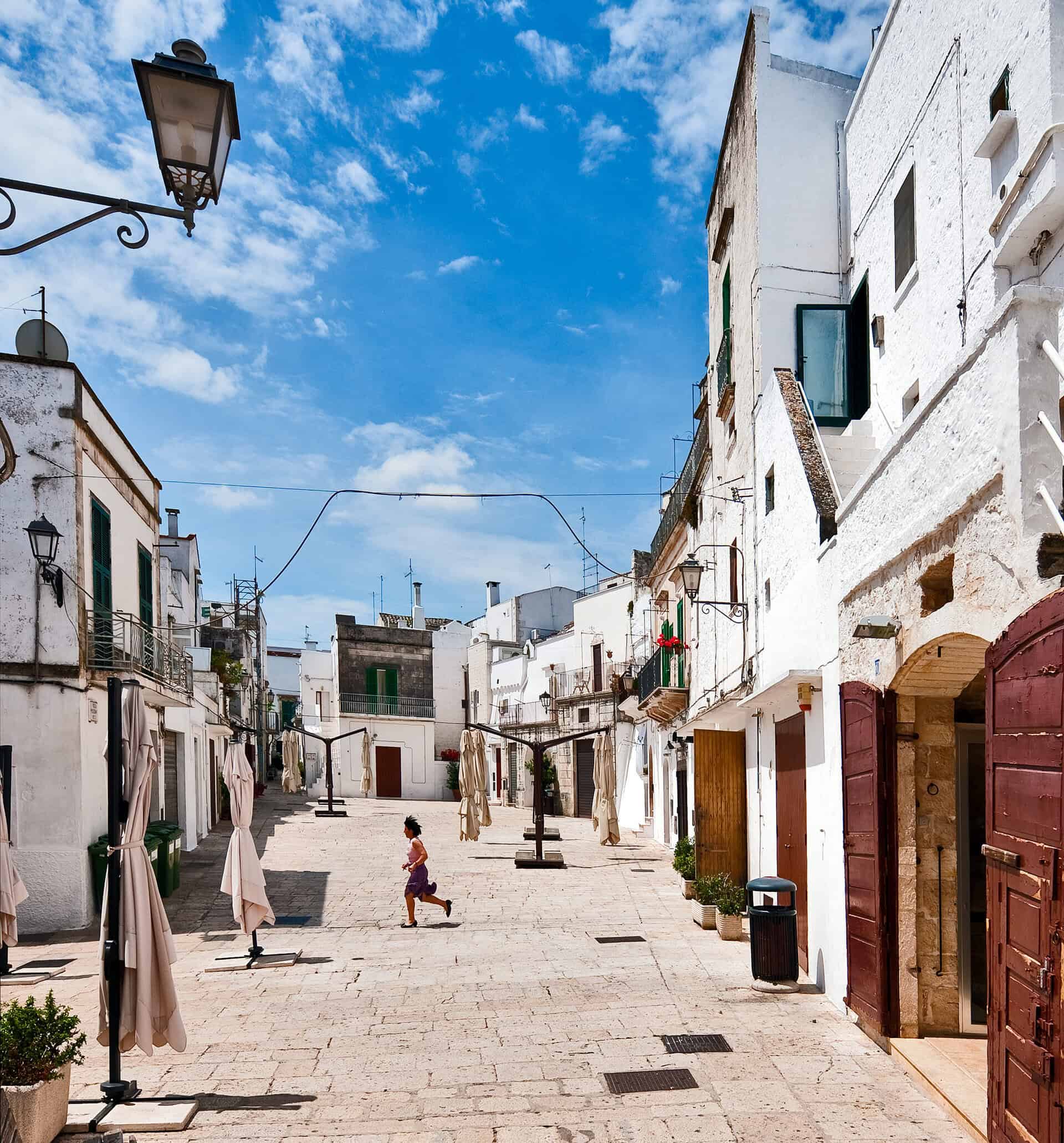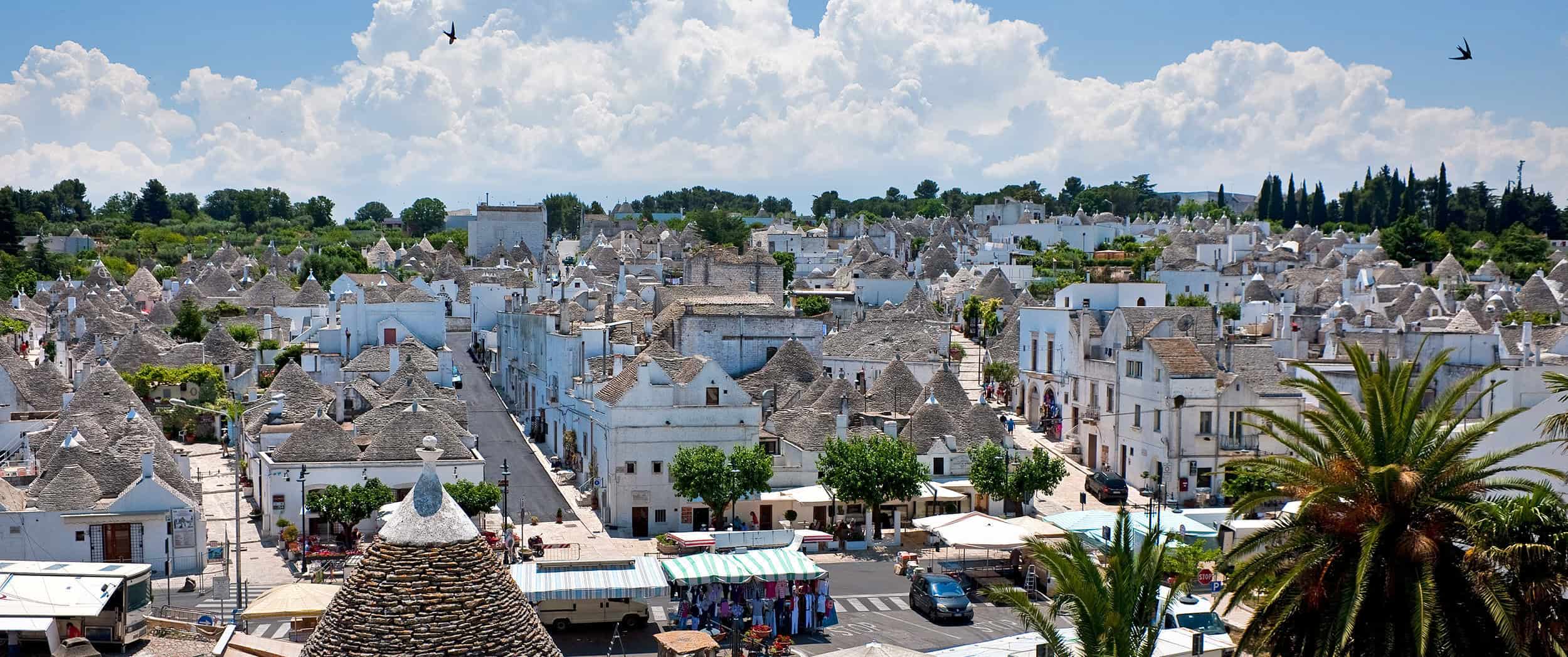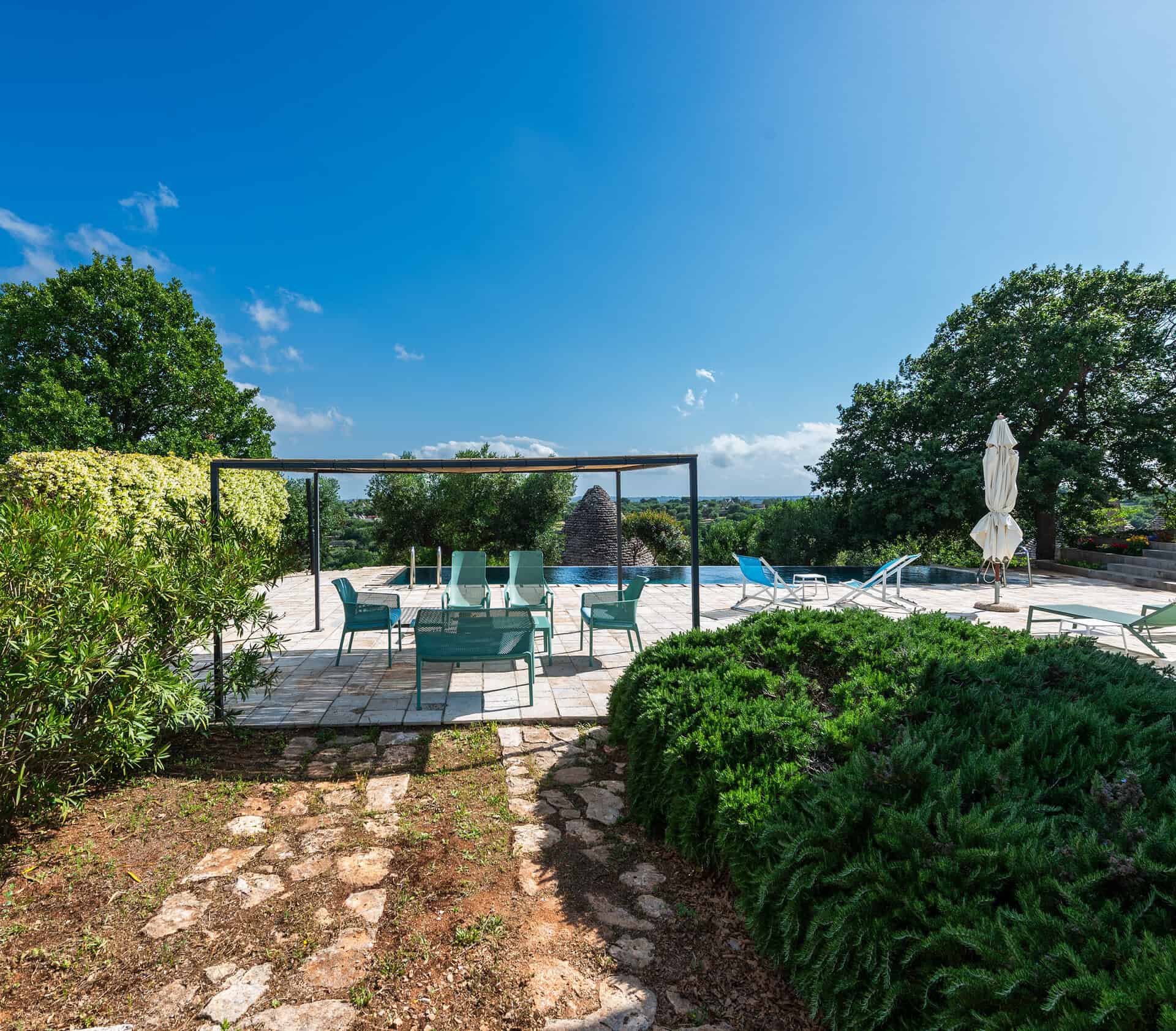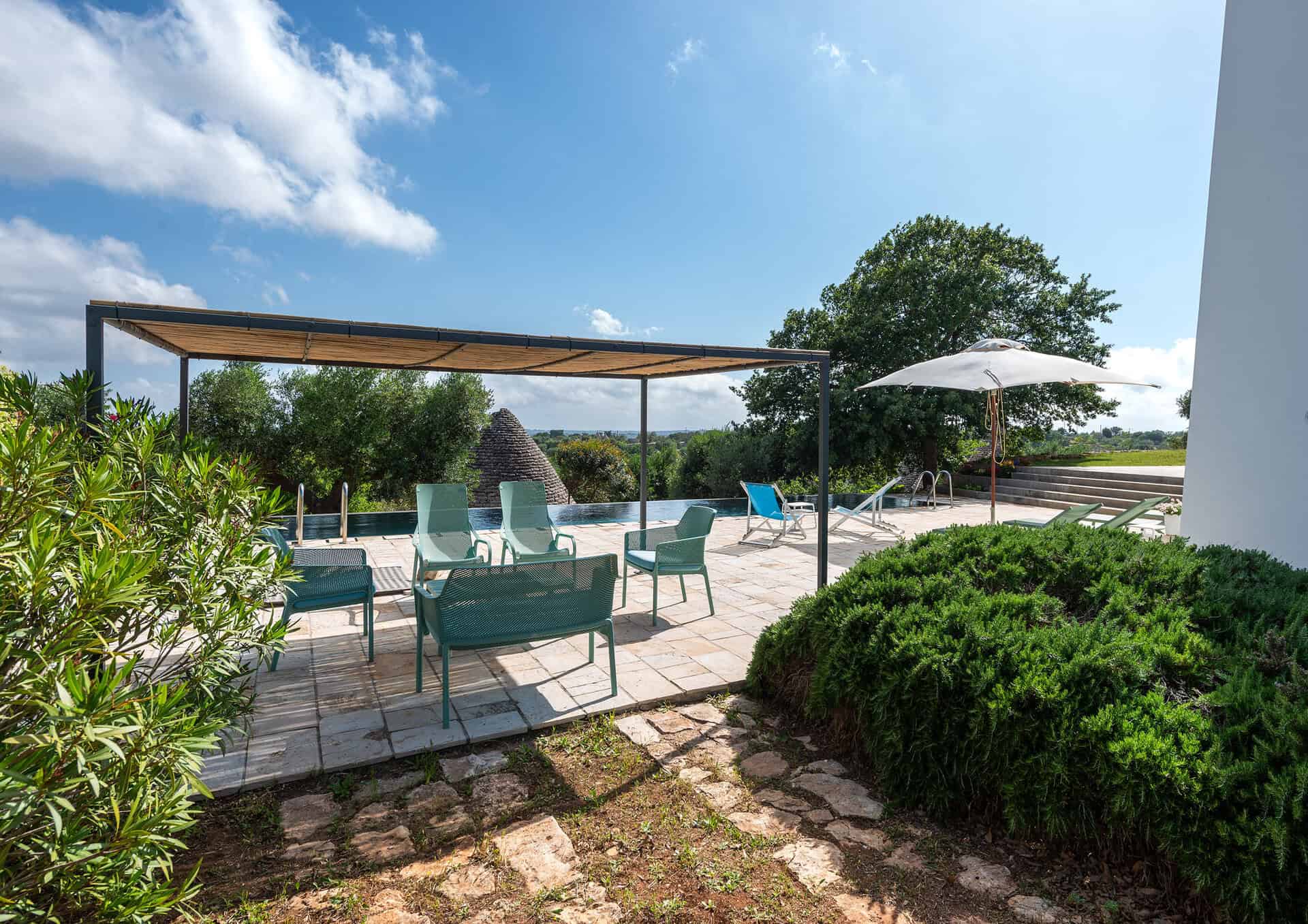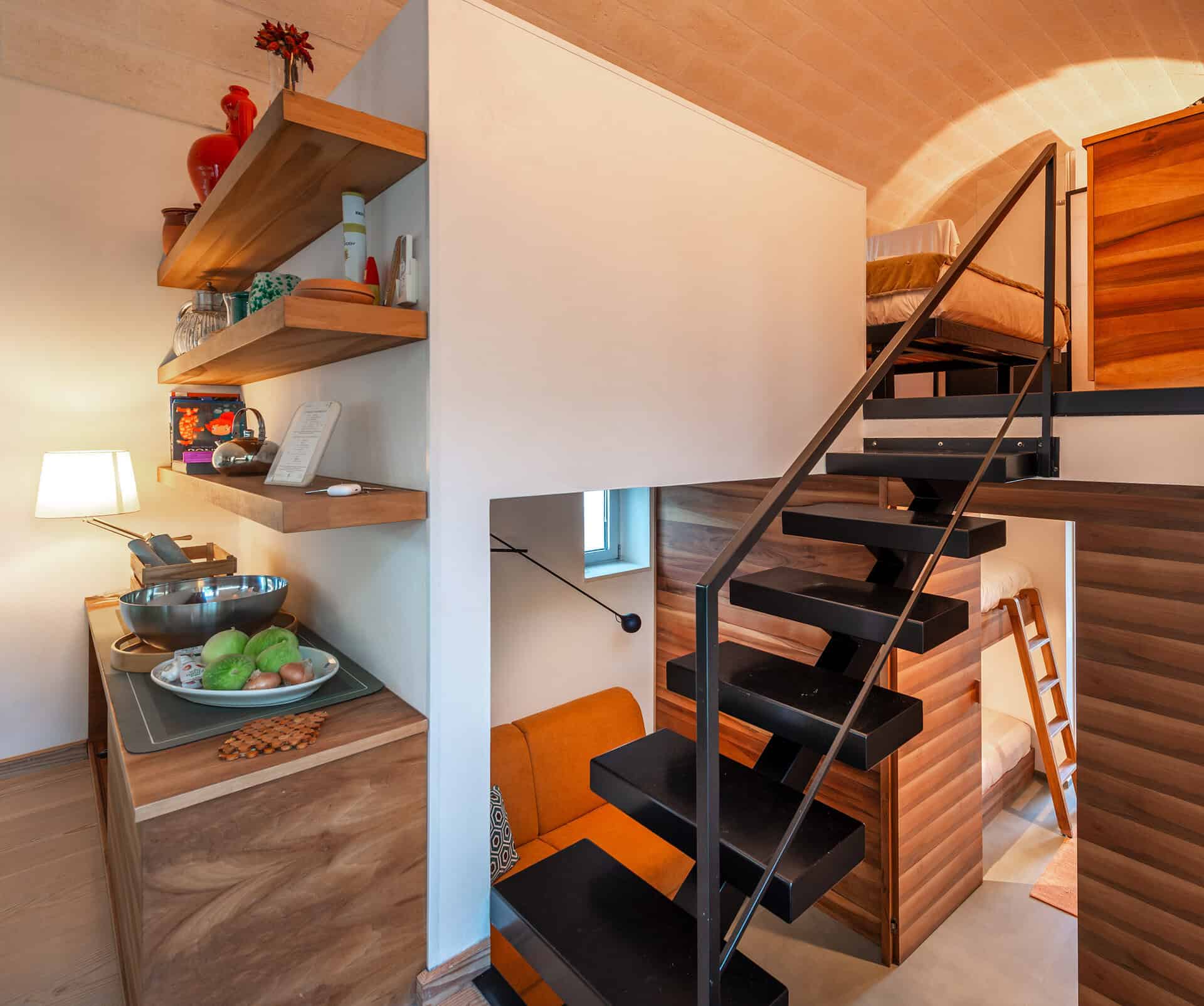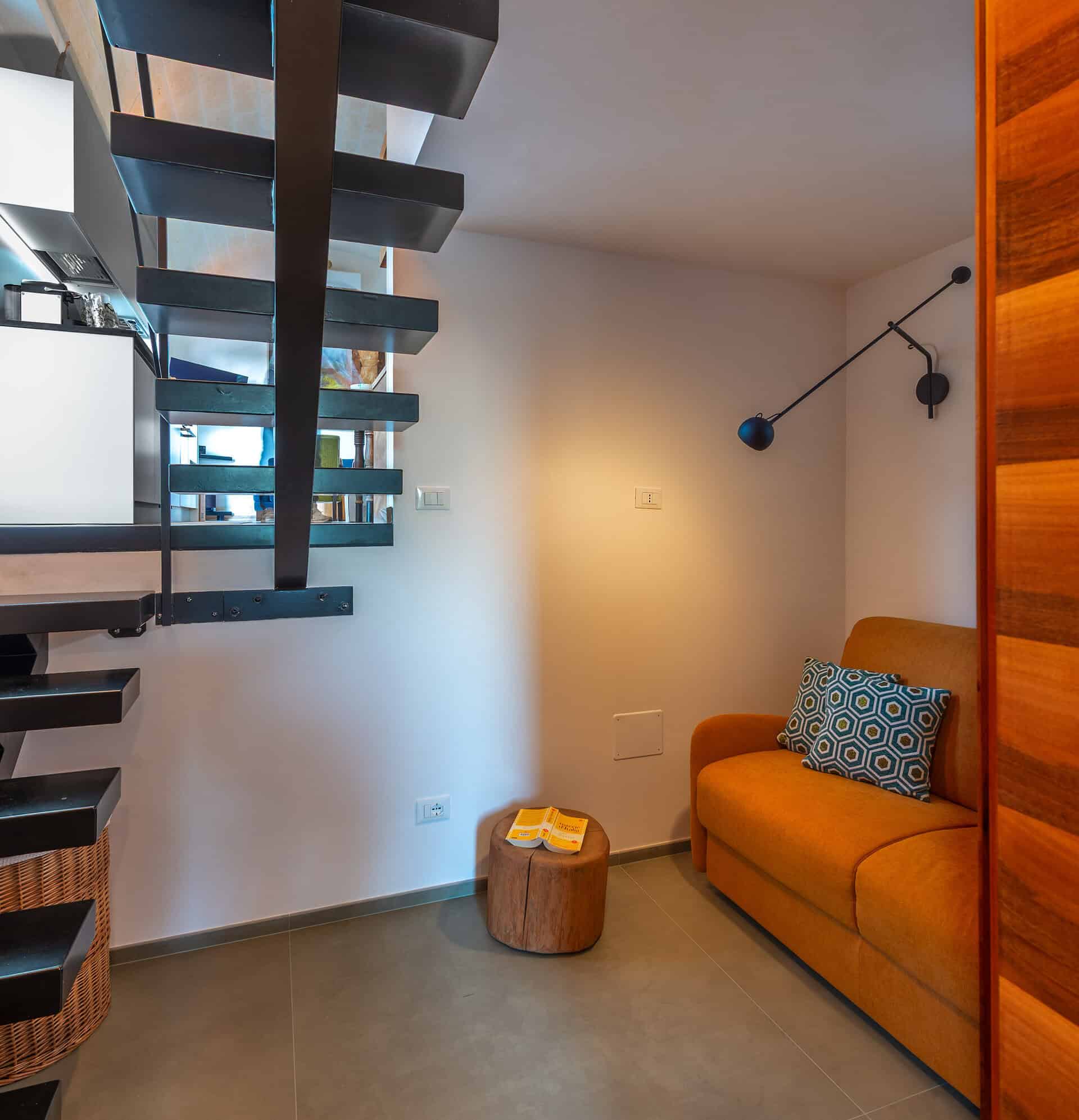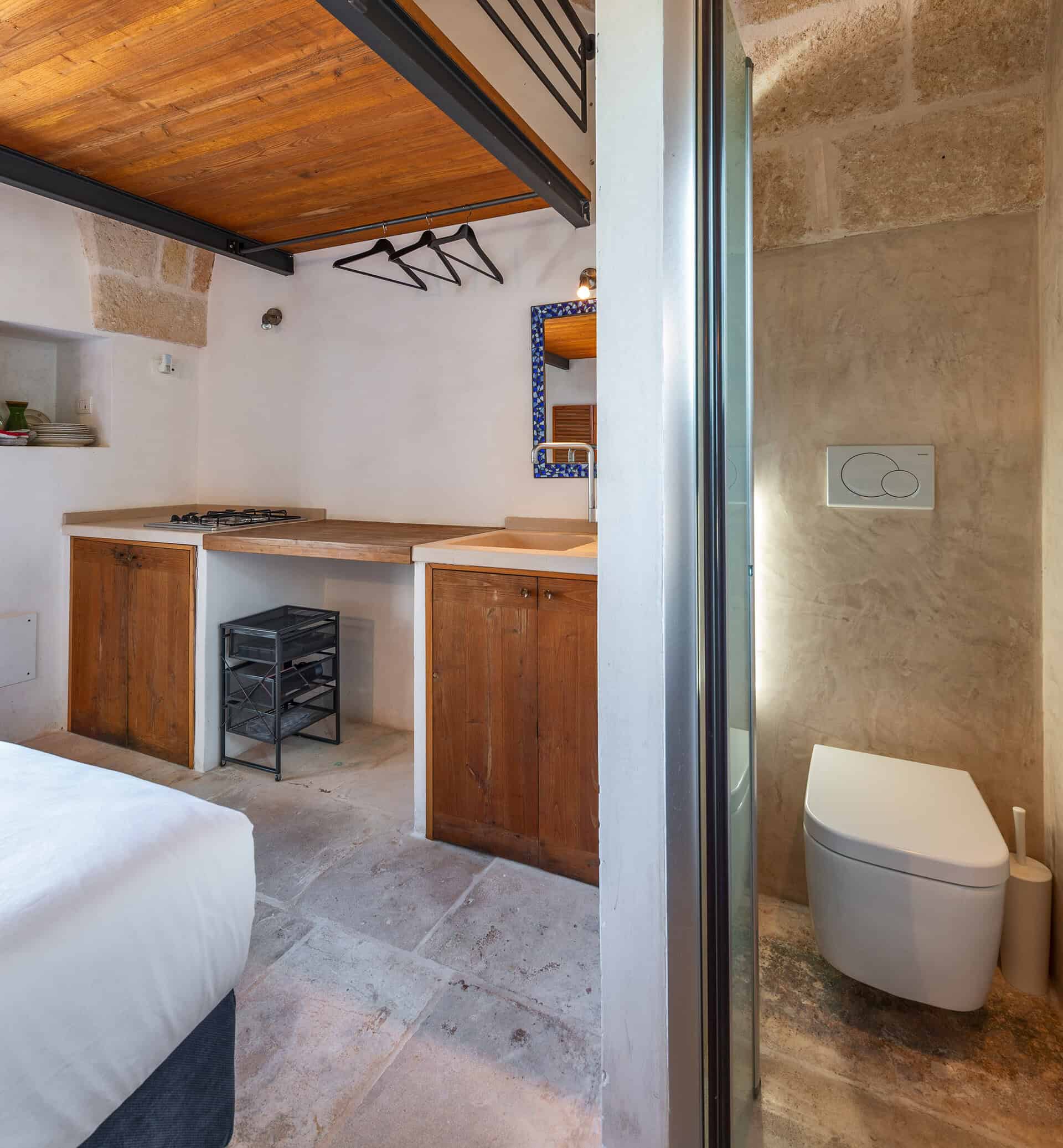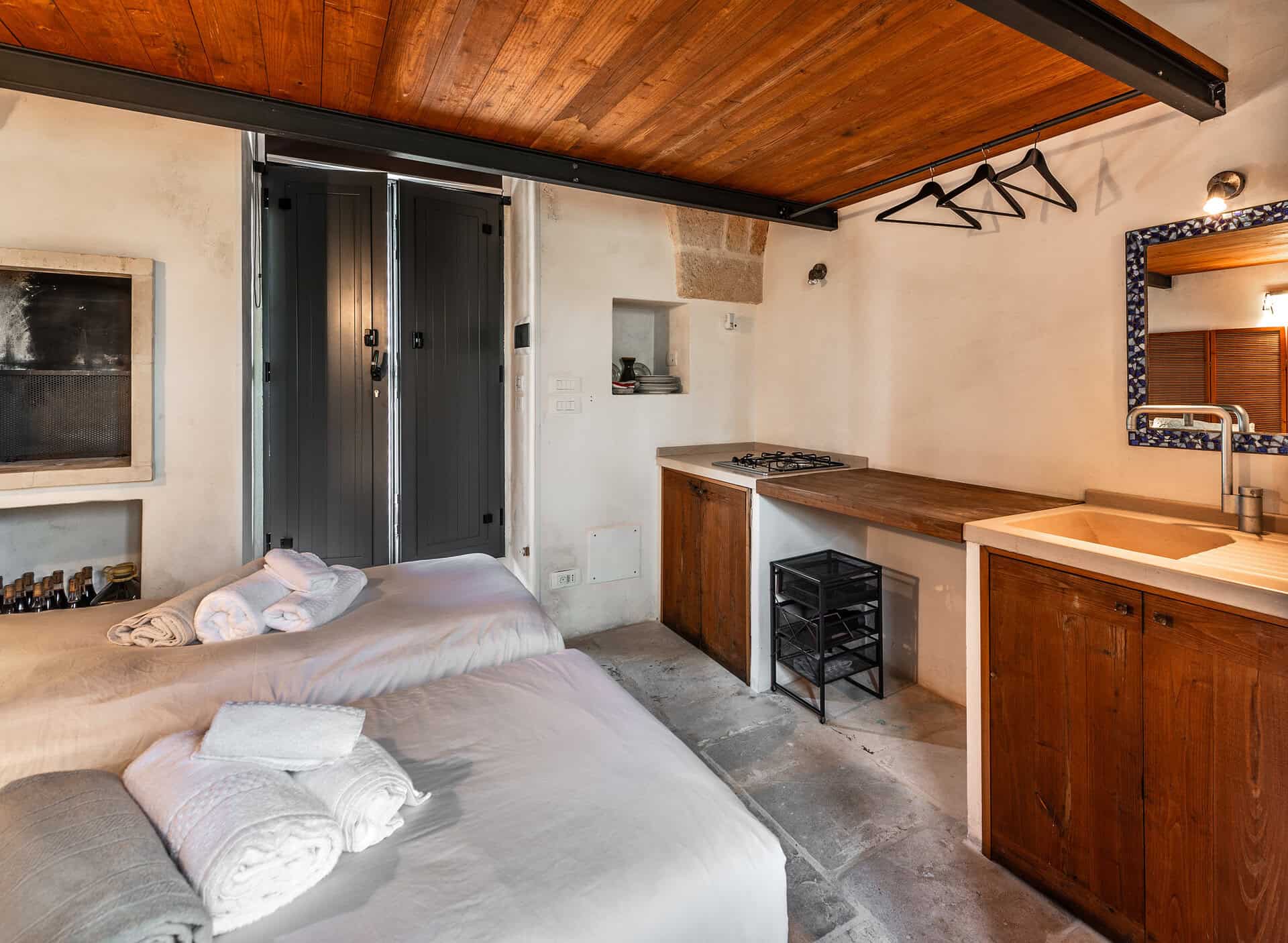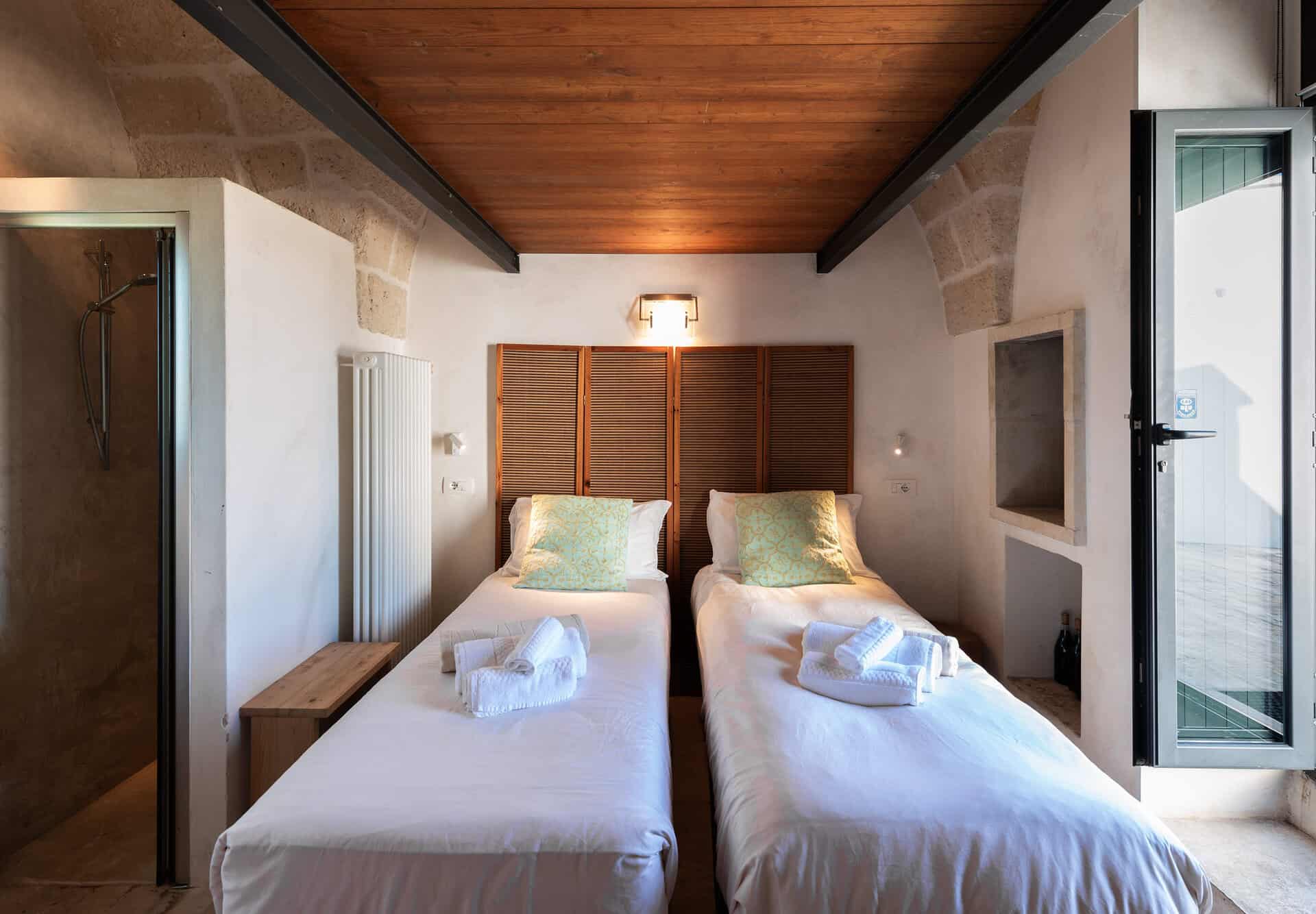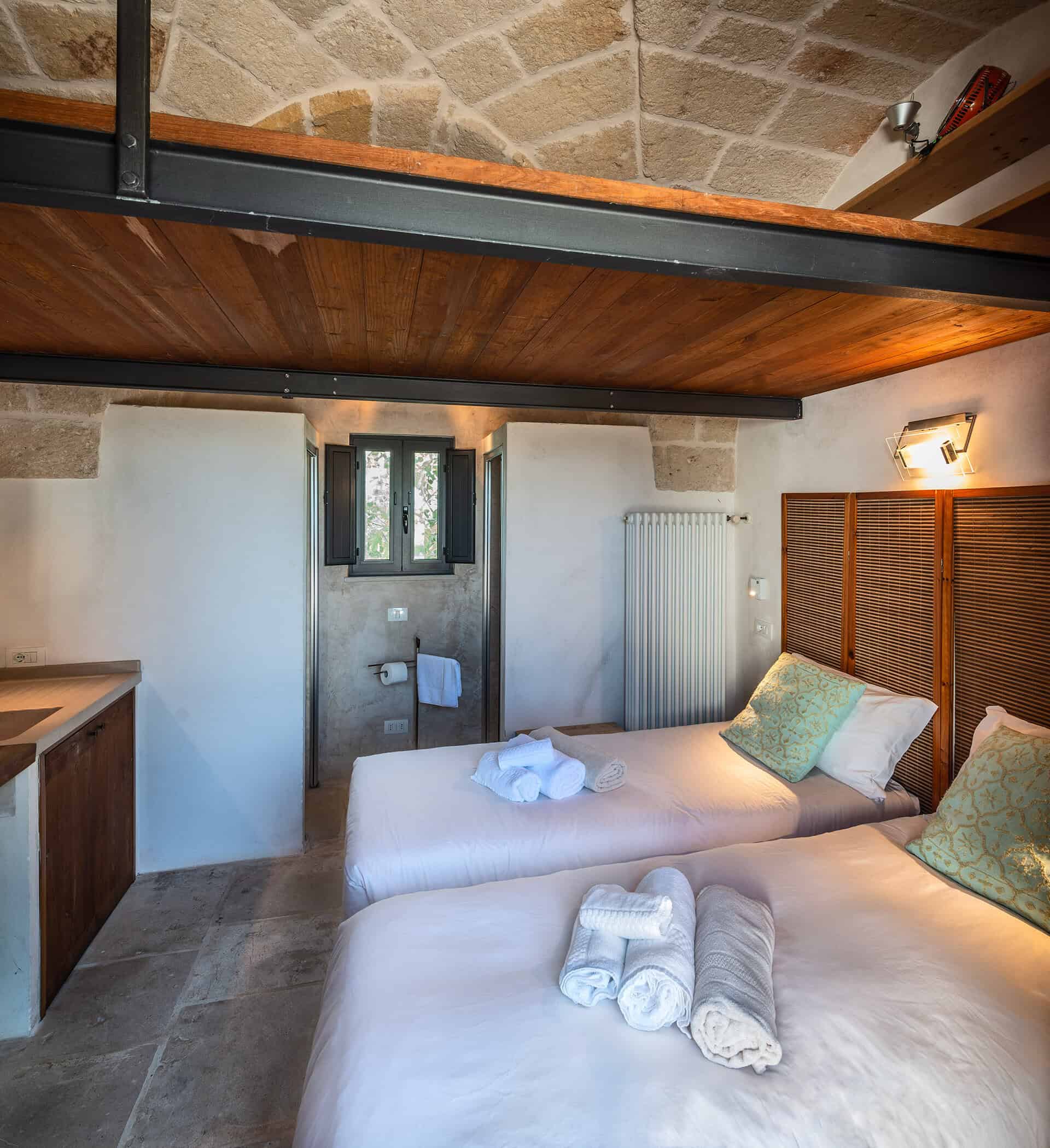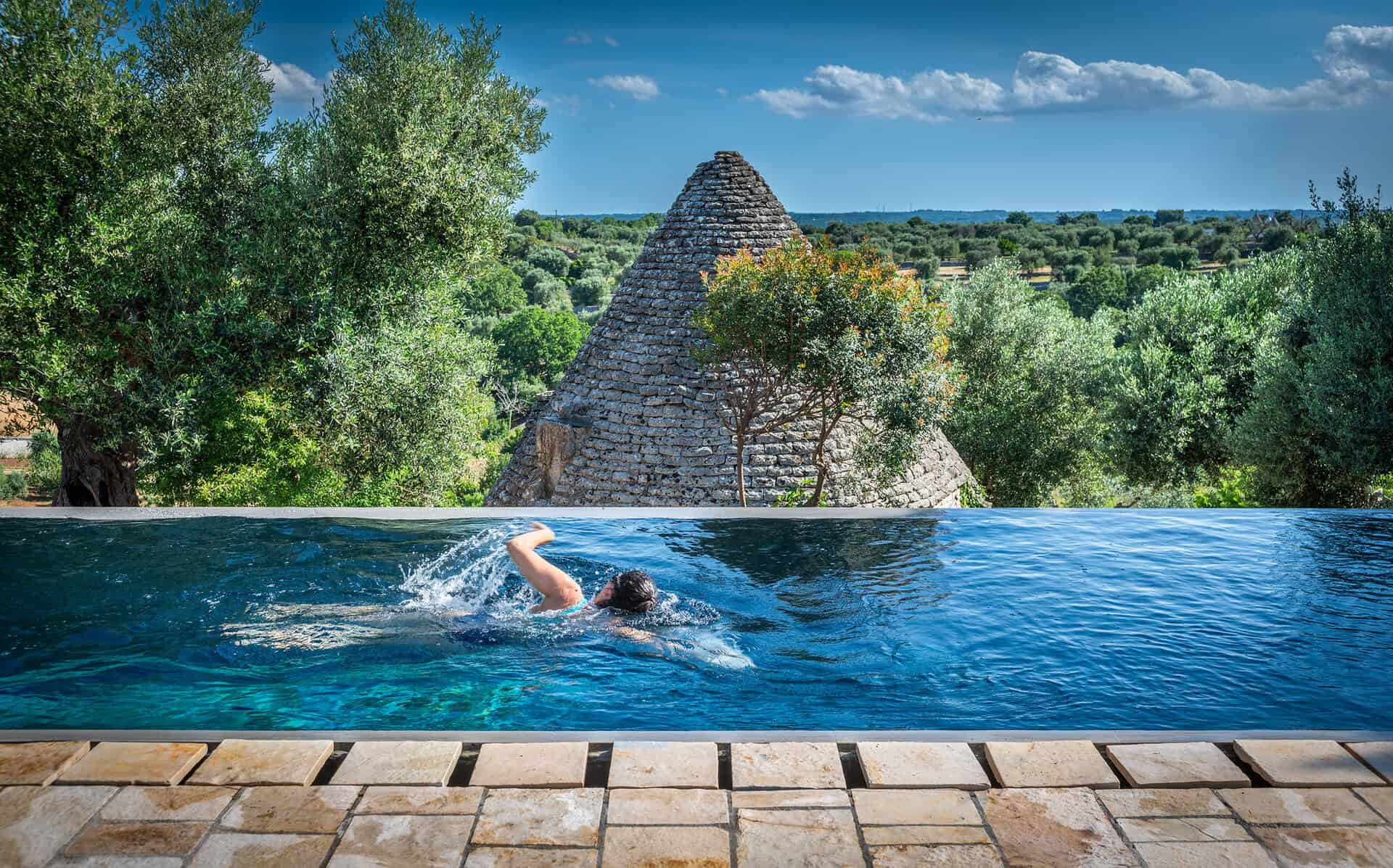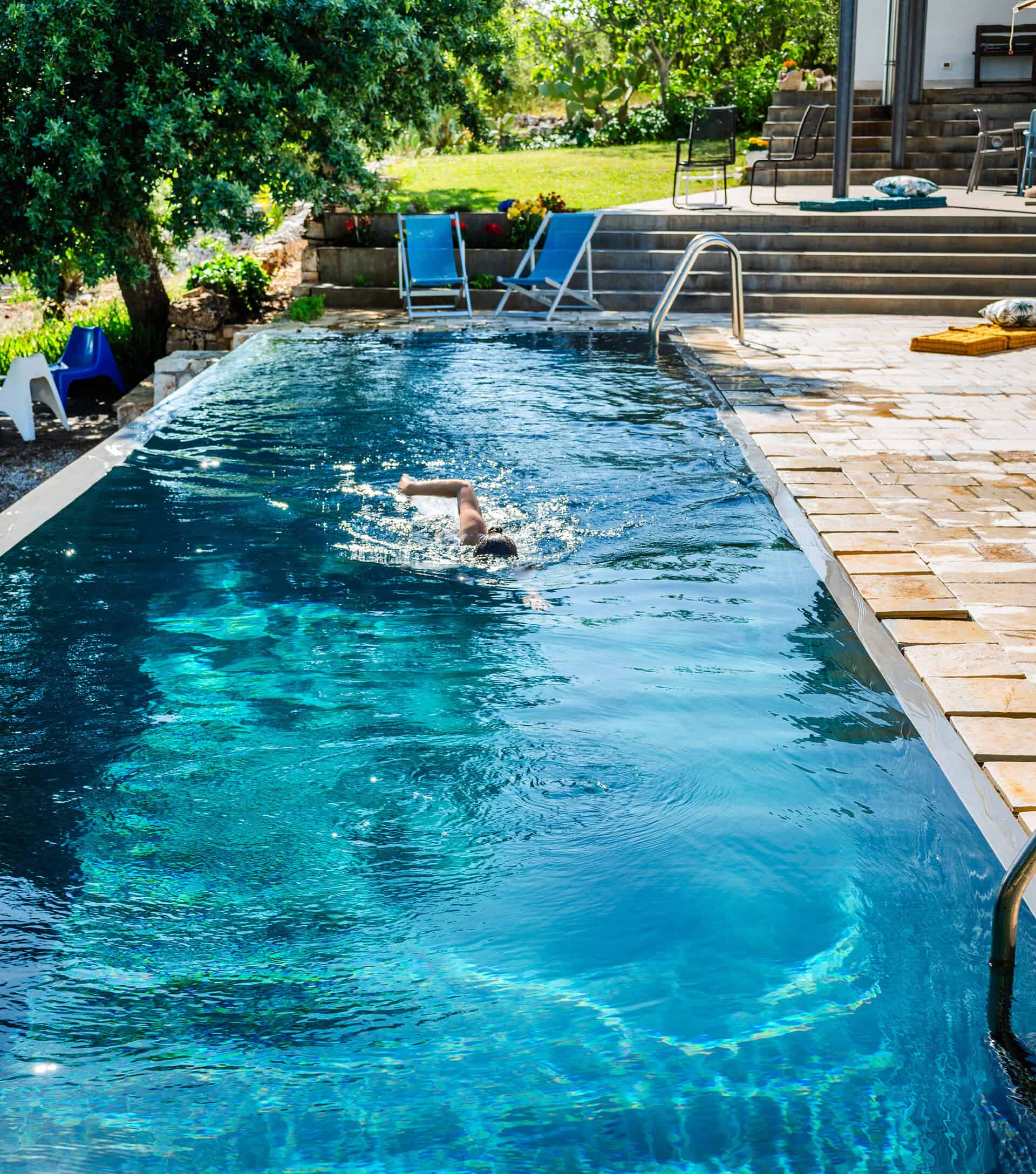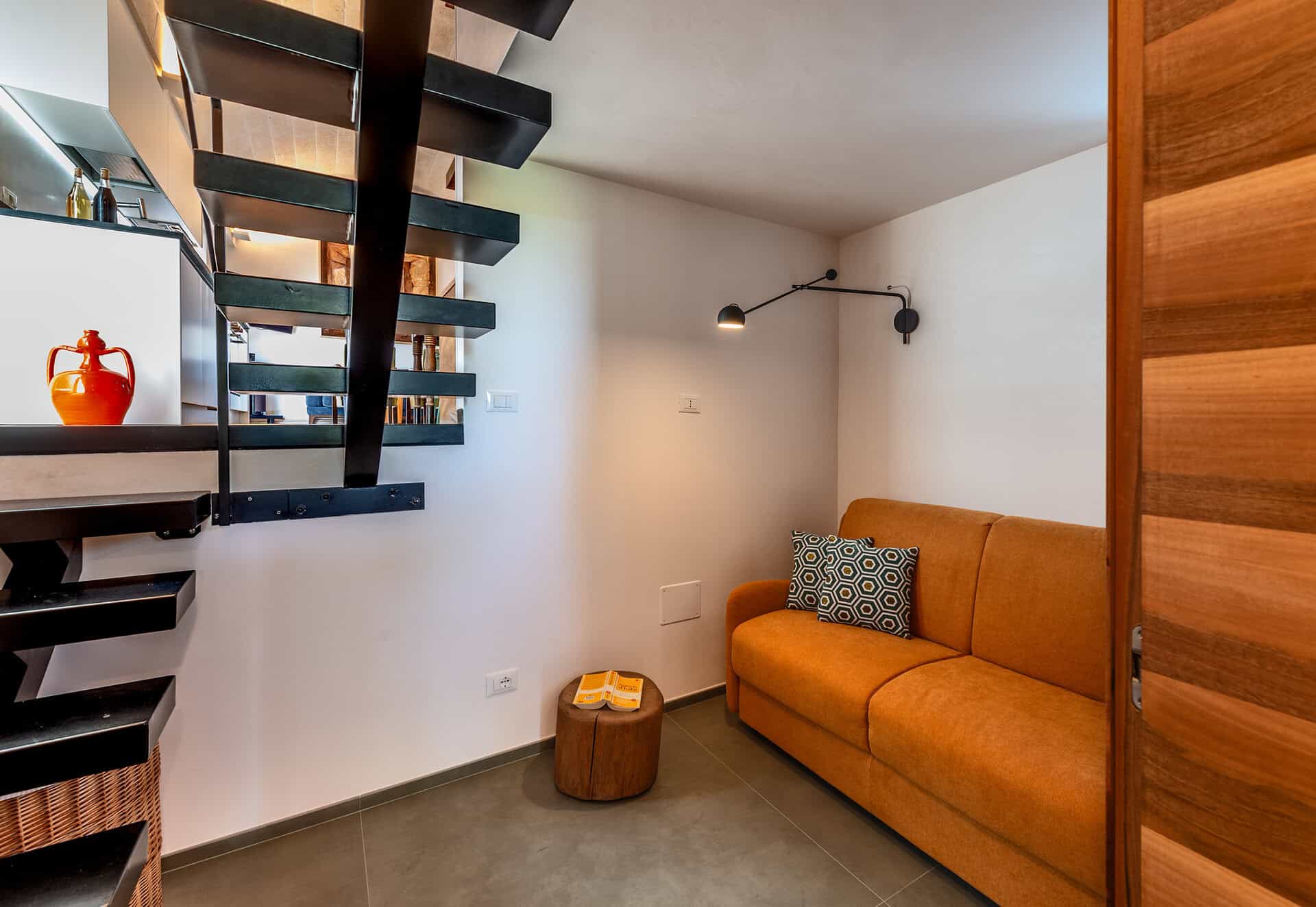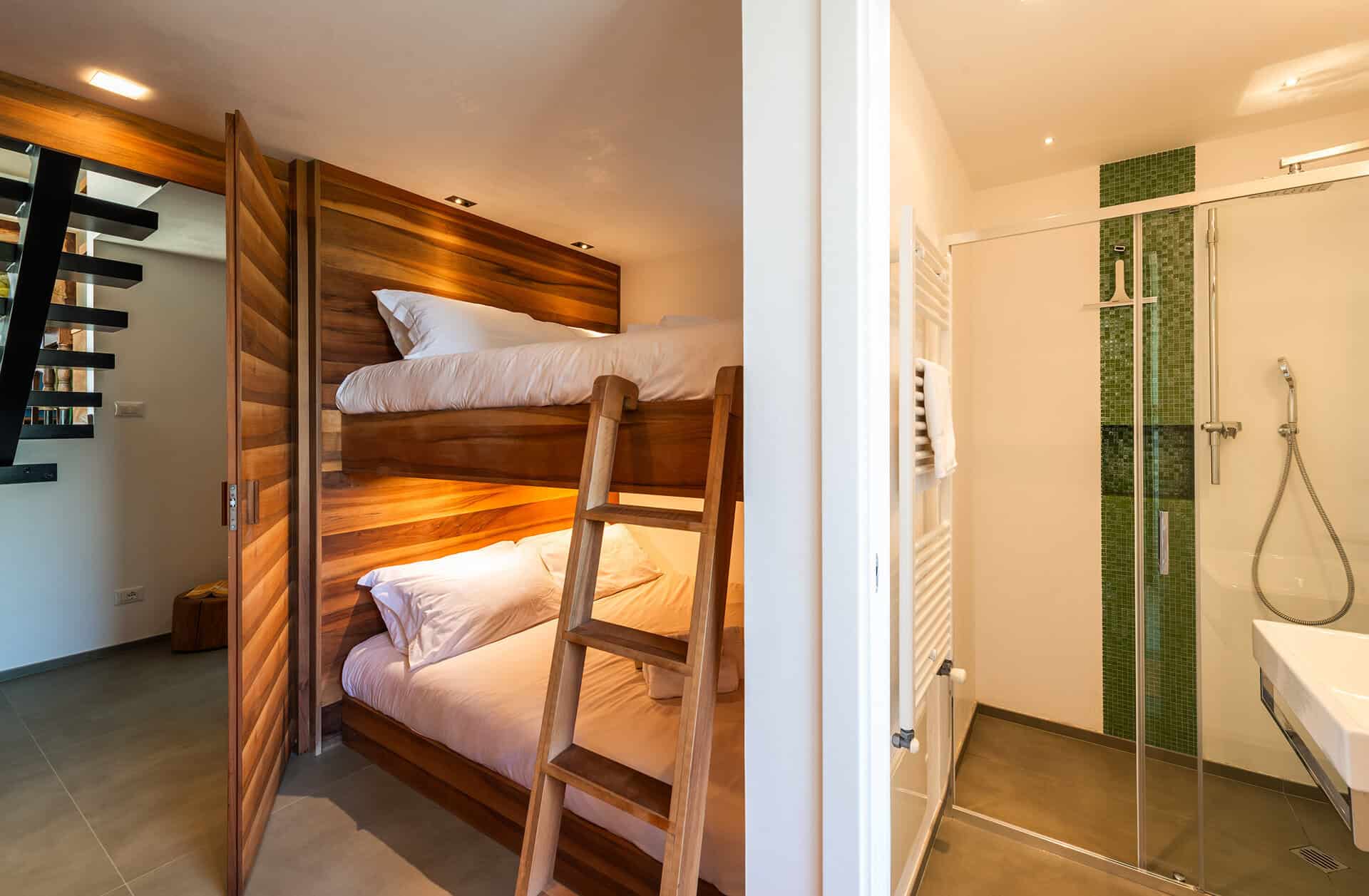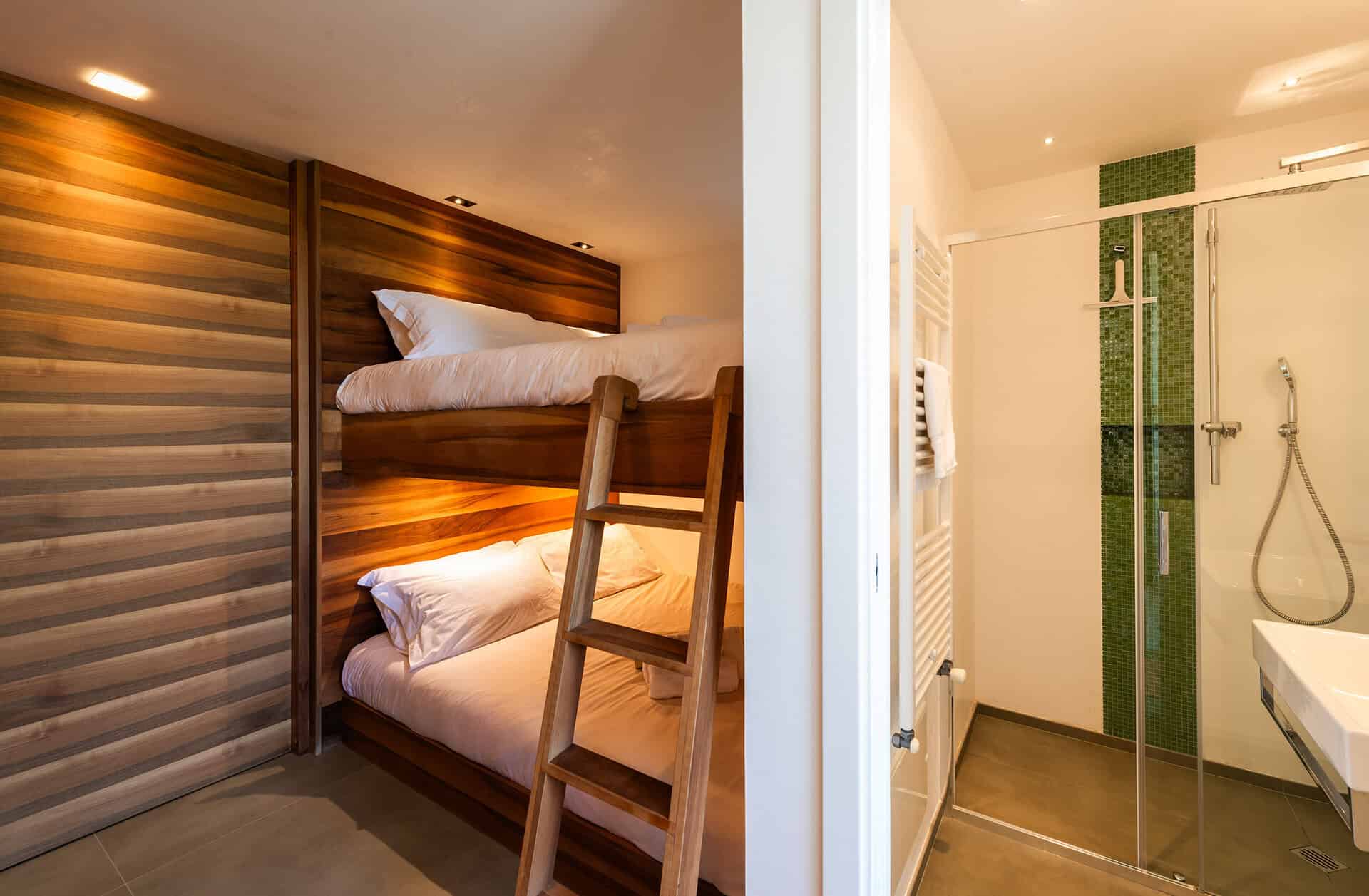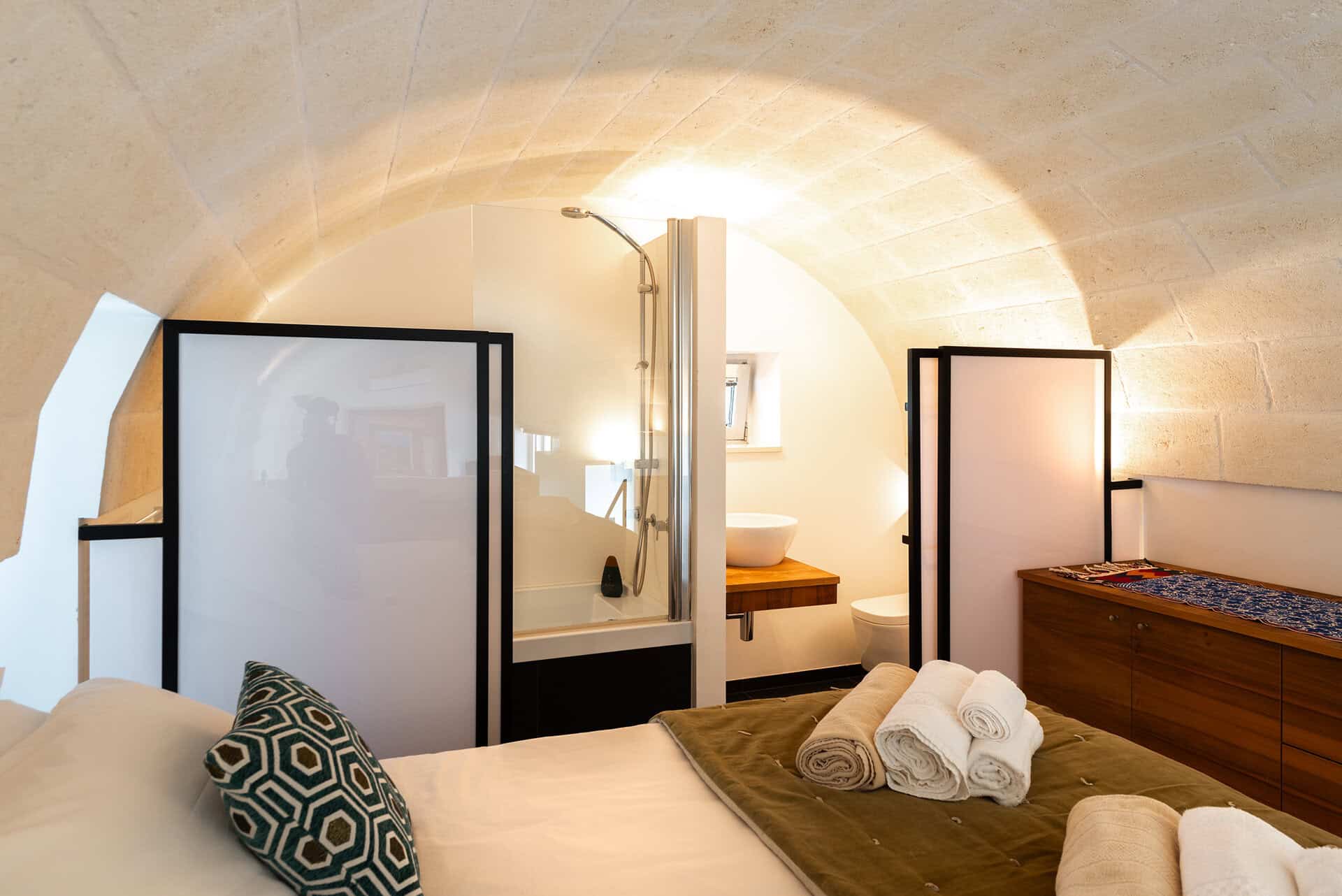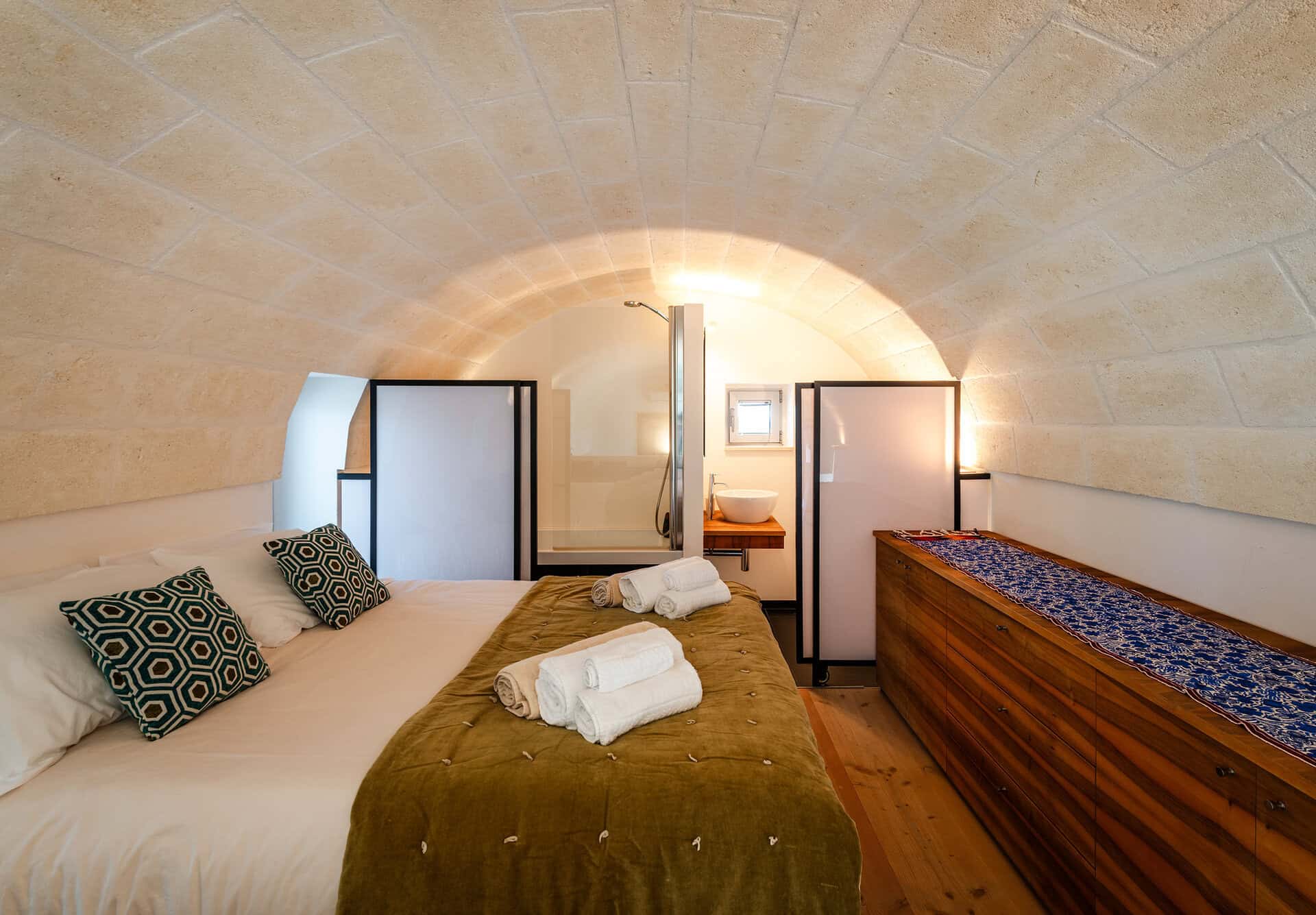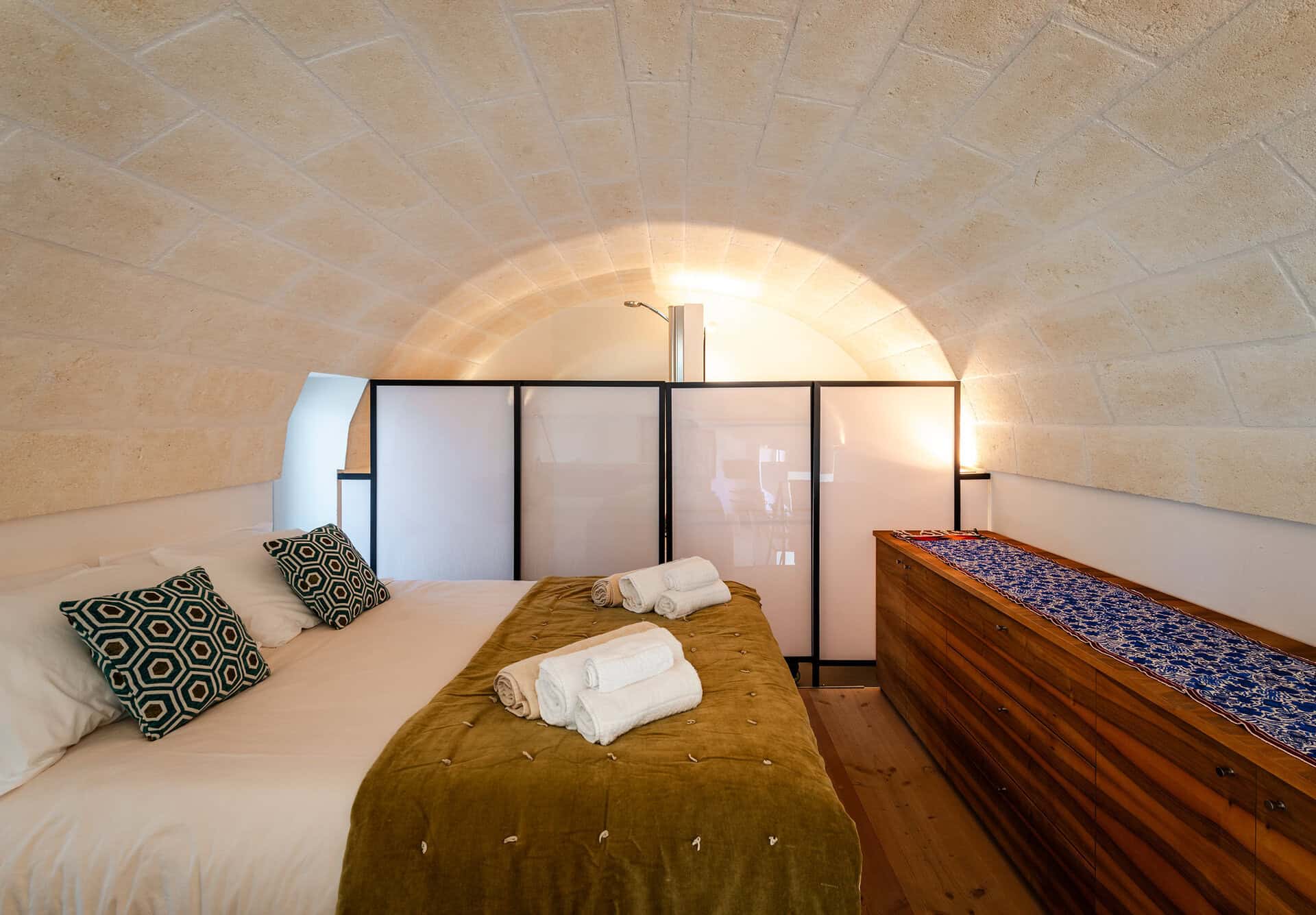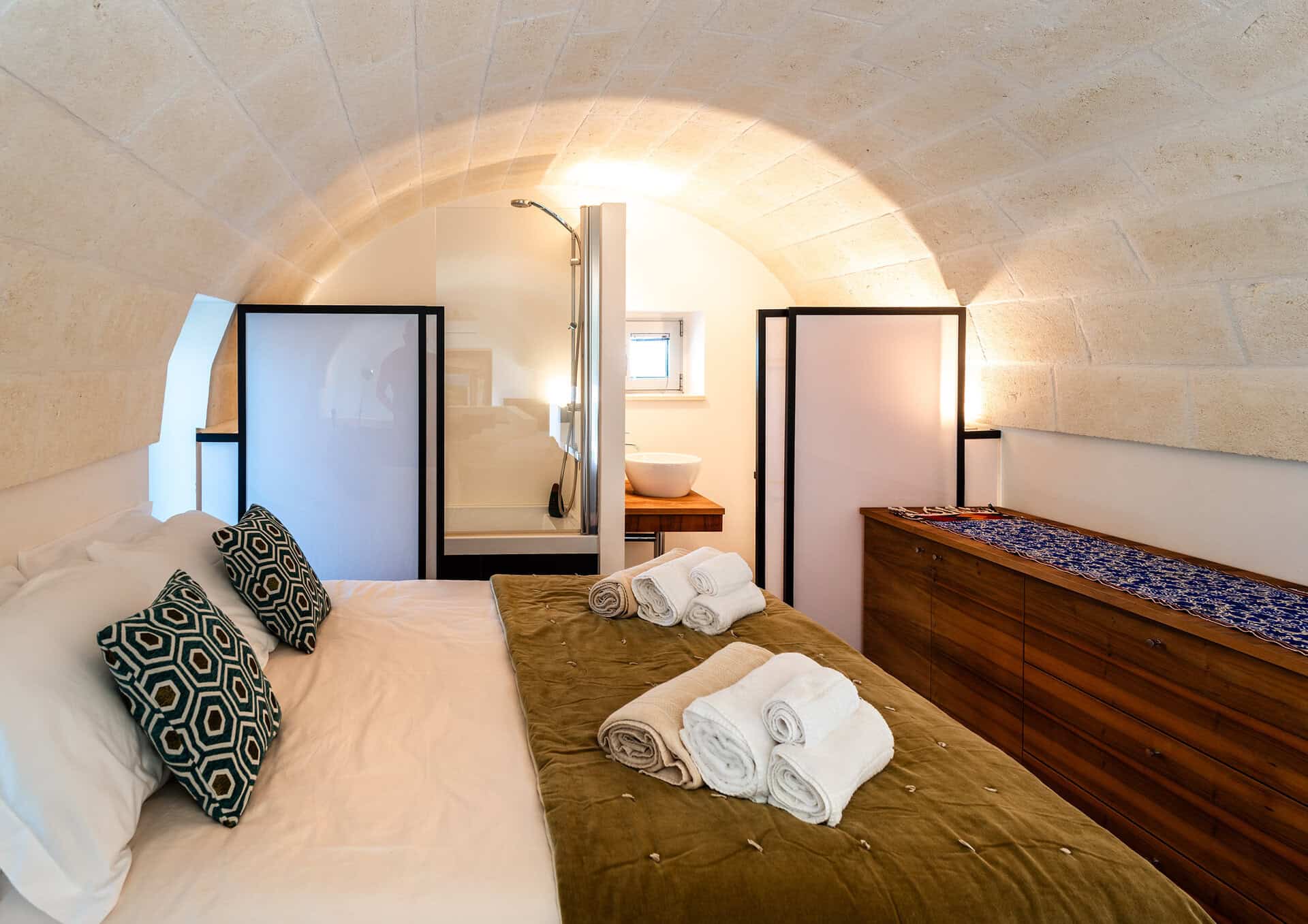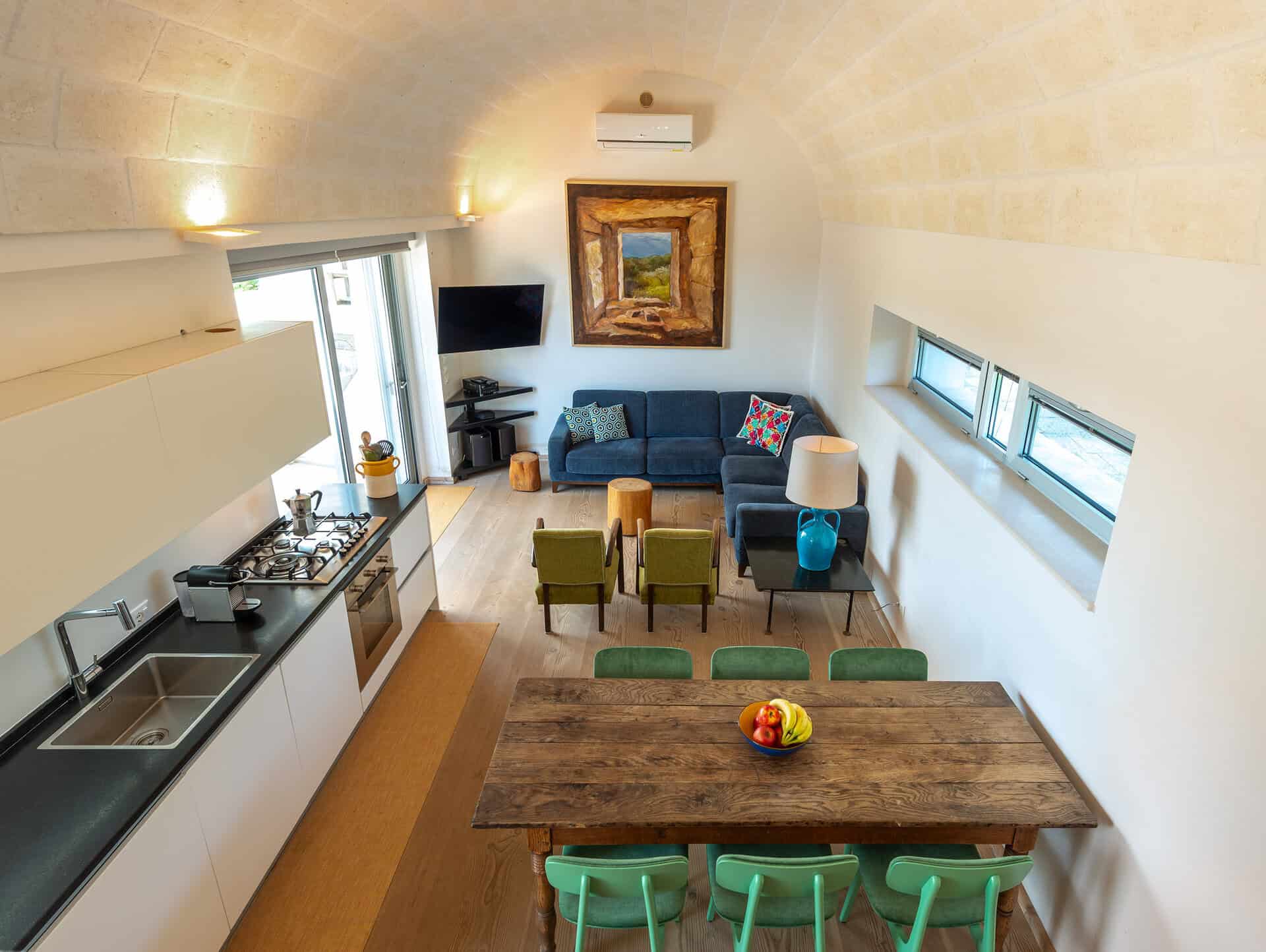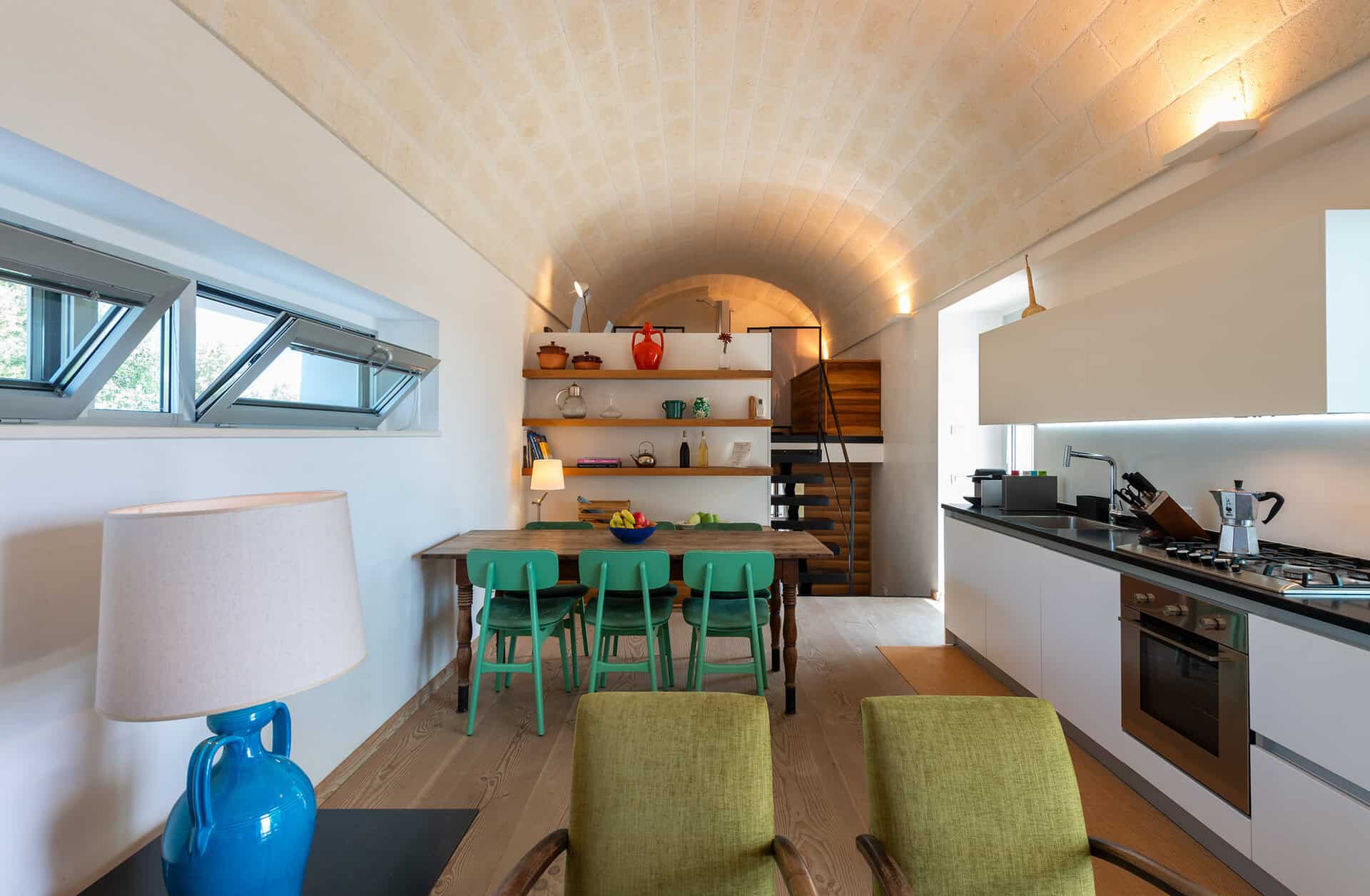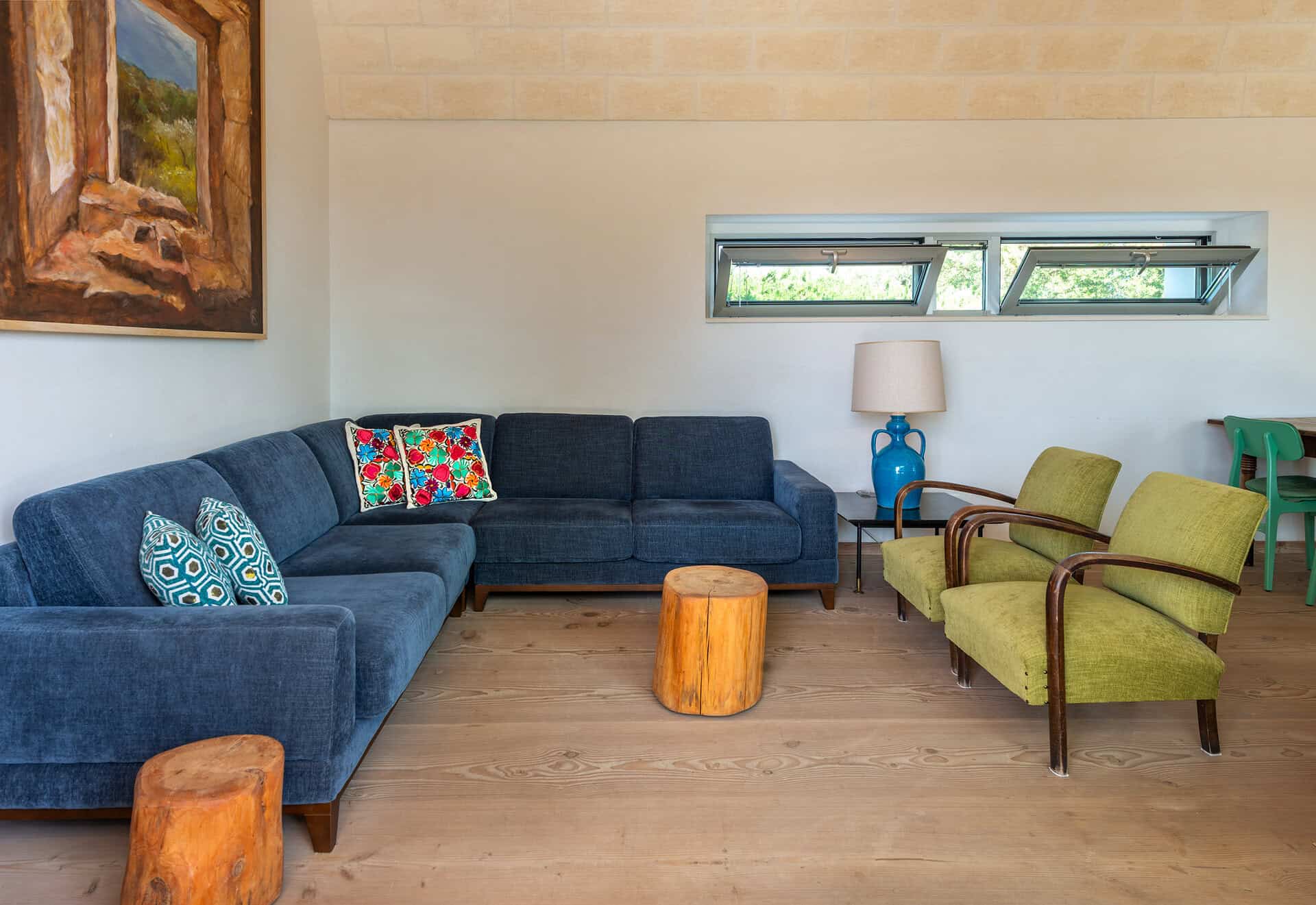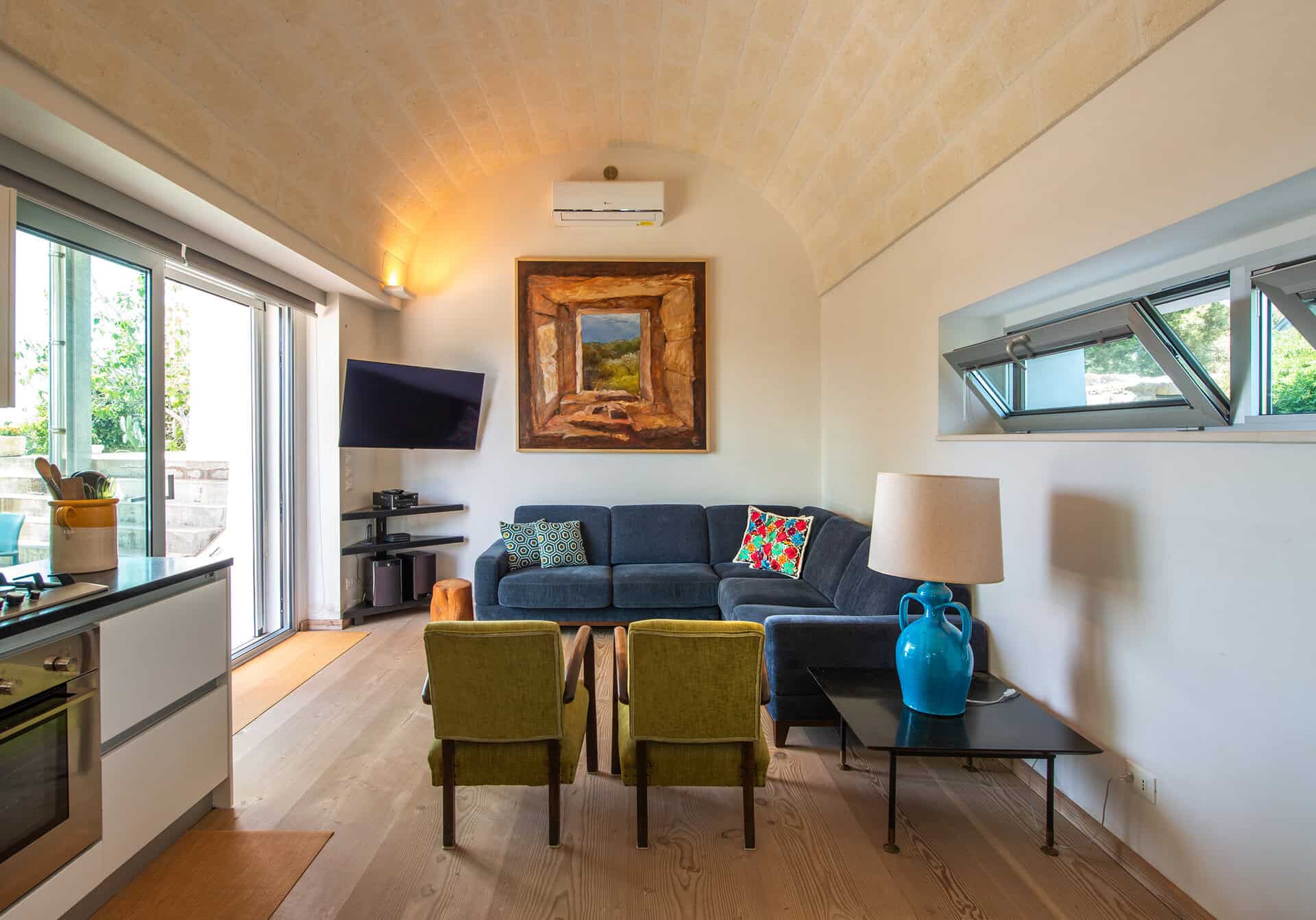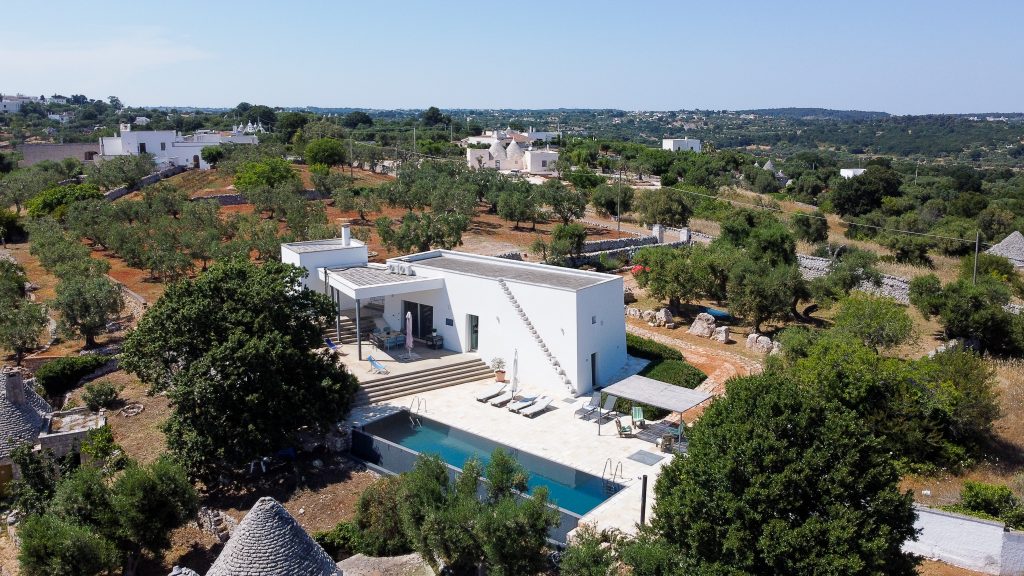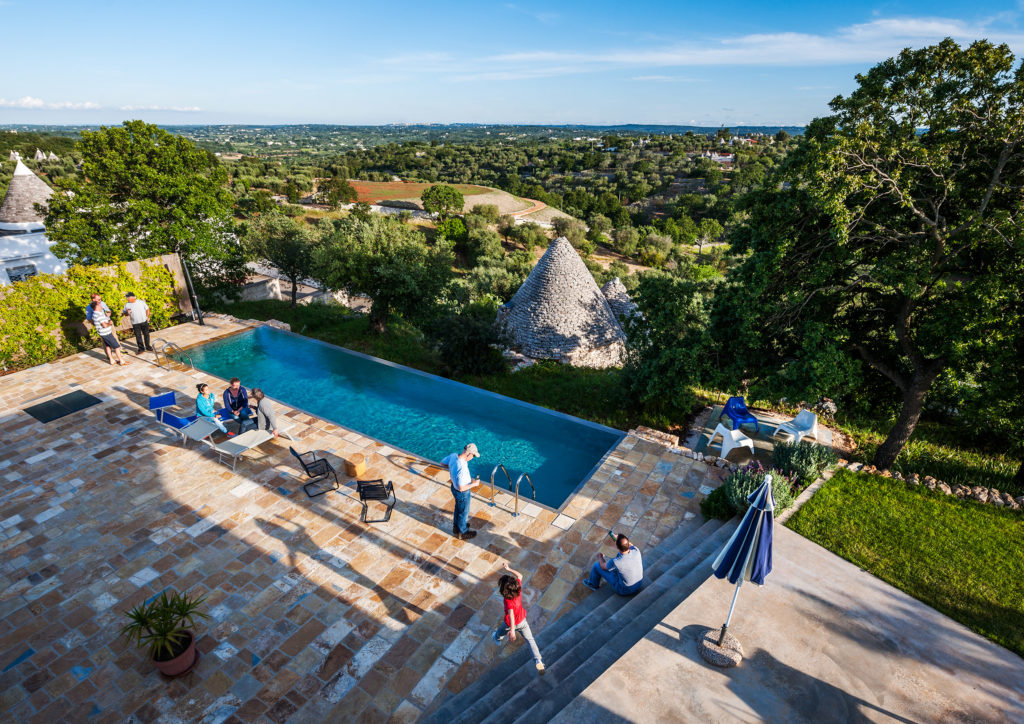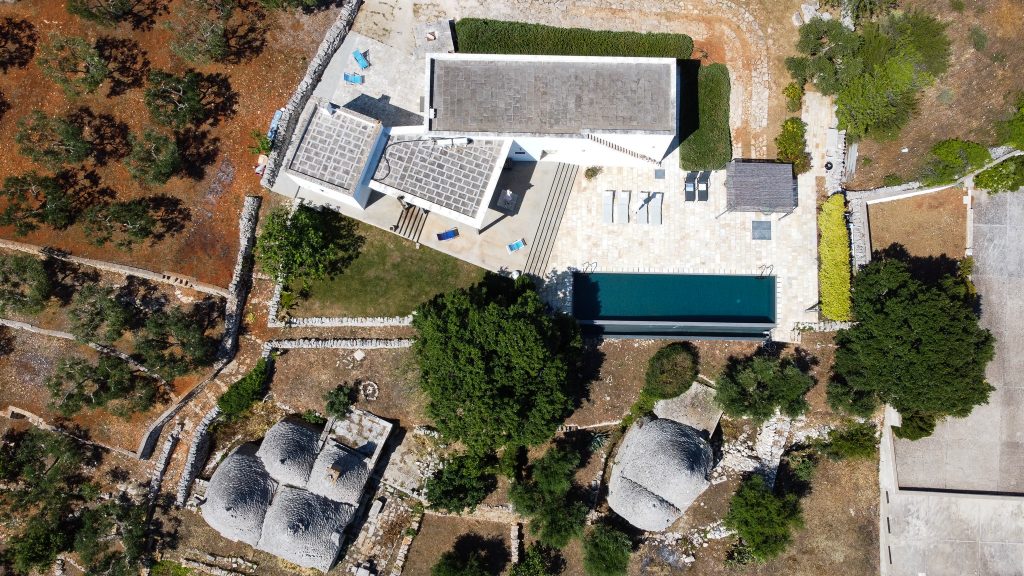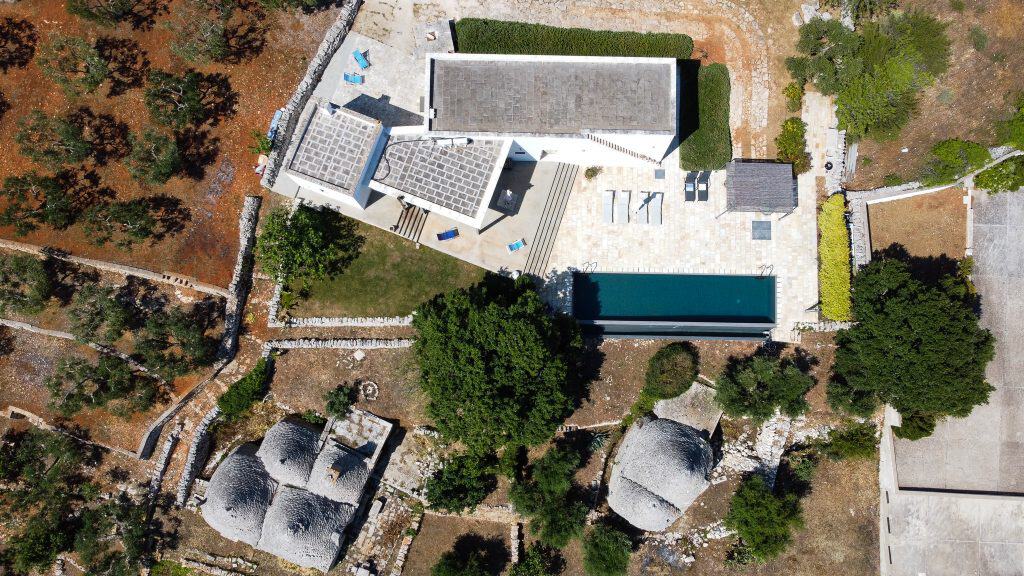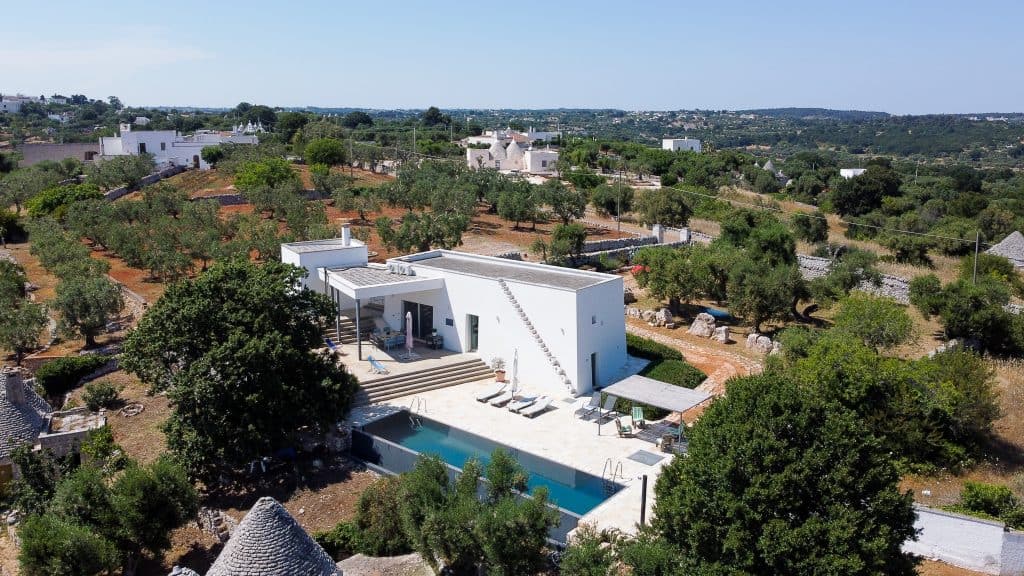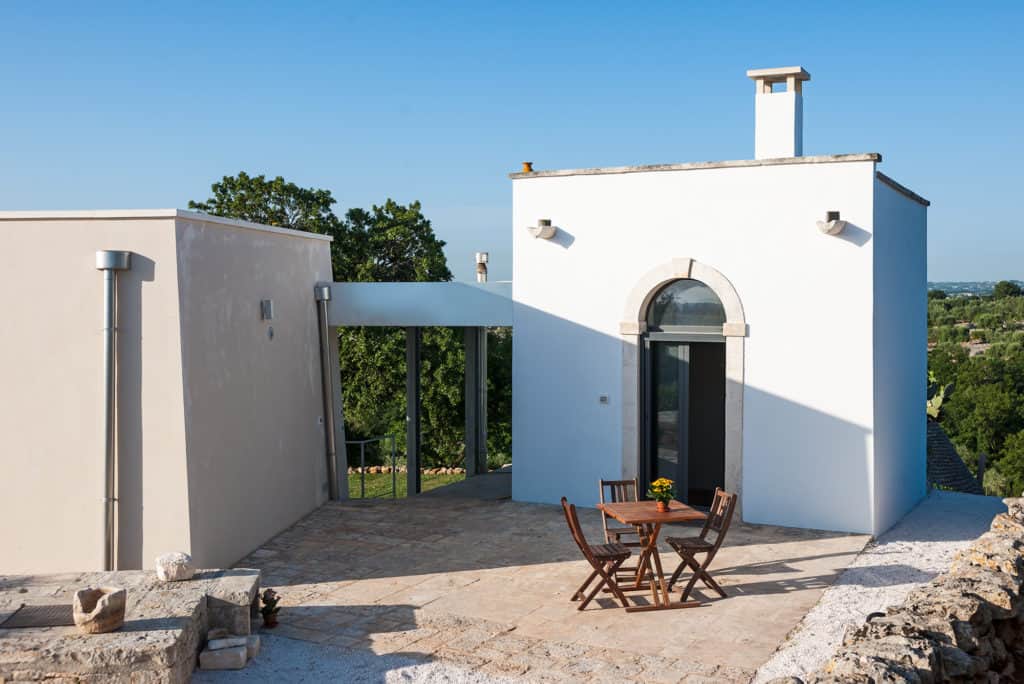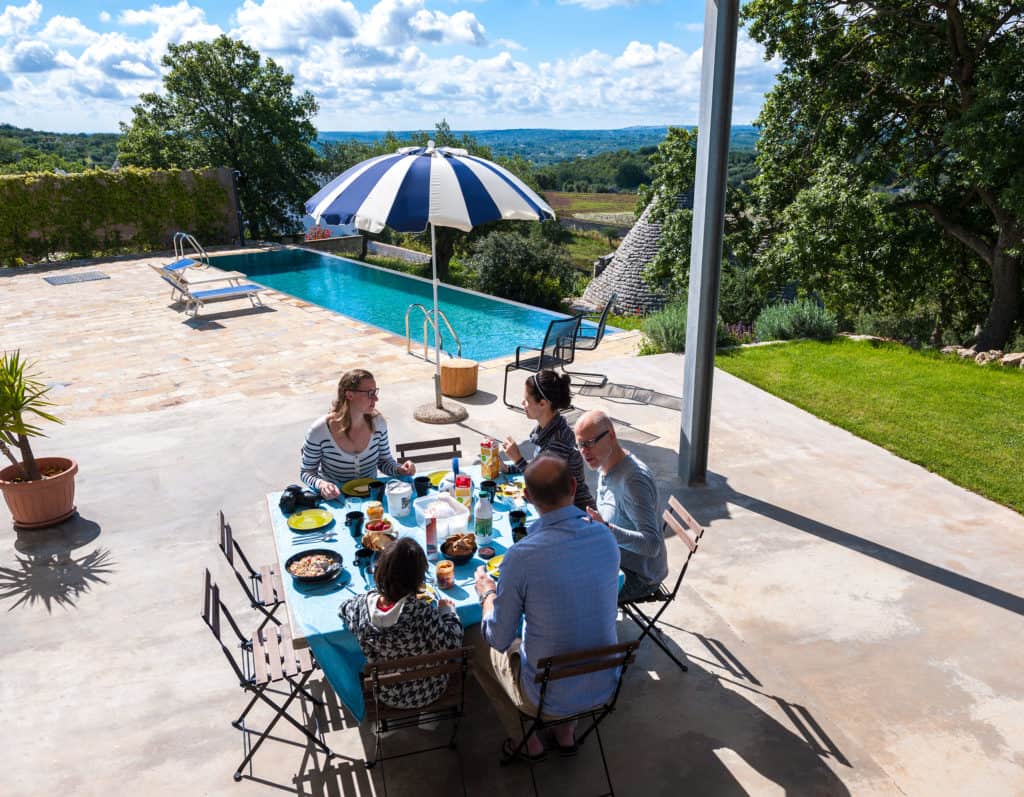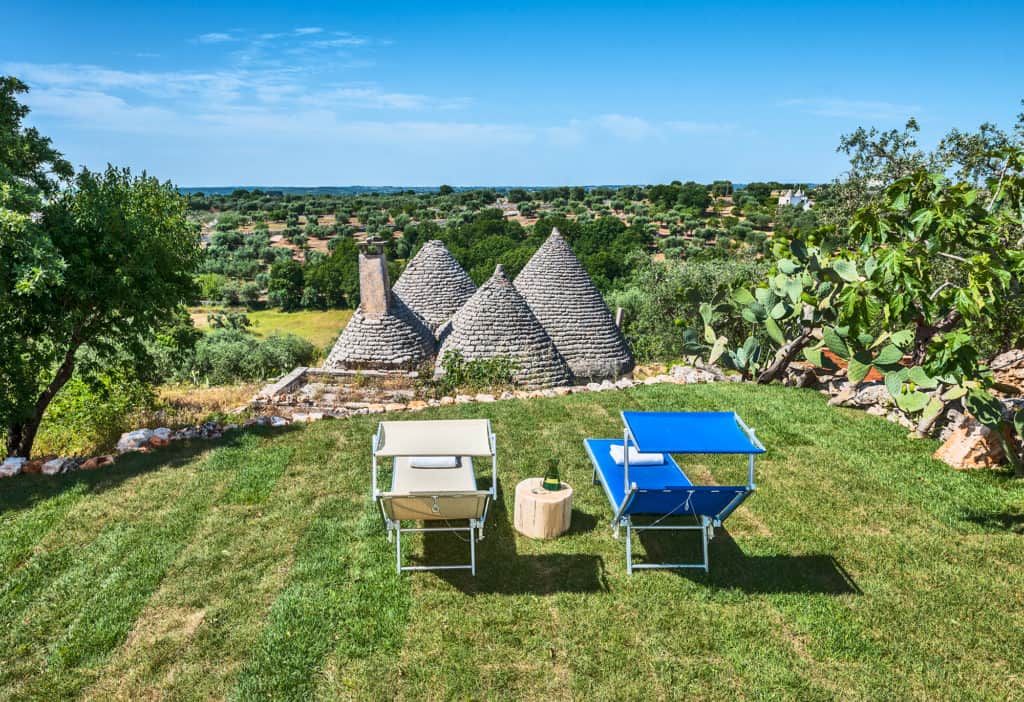Villa Apulia
Rent entire villa in Puglia (Pulia), Italy
From €350 per night
Check availabilityVilla Apulia
| M | T | W | T | F | S | S |
|---|---|---|---|---|---|---|
1 | 2 | 3 | 4 | |||
5 | 6 | 7€ 450 | 8 | 9 | 10€ 450 | 11€ 450 |
12€ 450 | 13€ 450 | 14€ 450 | 15€ 450 | 16€ 450 | 17€ 450 | 18€ 450 |
19€ 450 | 20€ 450 | 21€ 450 | 22€ 450 | 23 | 24 | 25 |
26 | 27 | 28 | 29€ 450 | 30€ 450 | 31€ 450 |
| M | T | W | T | F | S | S |
|---|---|---|---|---|---|---|
1€ 450 | ||||||
2€ 450 | 3€ 450 | 4€ 450 | 5€ 450 | 6€ 450 | 7€ 450 | 8€ 450 |
9€ 450 | 10€ 450 | 11€ 450 | 12€ 450 | 13€ 450 | 14€ 450 | 15€ 450 |
16€ 450 | 17€ 450 | 18€ 450 | 19€ 450 | 20€ 450 | 21€ 450 | 22€ 450 |
23€ 450 | 24€ 450 | 25€ 450 | 26€ 450 | 27€ 450 | 28€ 450 |

Meet Pascal, the proud owner of Villa Apulia, a stunning rental home near the picturesque town of Cisternino, Puglia. Originally from the Netherlands, Pascal moved to Italy in 2005 to follow his dream of creating a home that blends modern design with the timeless beauty of Puglia. Together with his close friend and acclaimed architect Gilles Therer, Pascal built Villa Apulia as a labor of love—a private retreat designed with care and attention to detail.
Pascal’s deep connection to the region and his warm hospitality make every guest’s stay truly special. Whether you’re drawn to the villa’s serene atmosphere, its proximity to Cisternino, or the breathtaking landscapes of Puglia, you’ll feel right at home in this lovingly crafted property. Villa Apulia isn’t just a place to stay—it’s a reflection of Pascal’s passion for Italian living and his commitment to sharing the beauty of Puglia with others.
